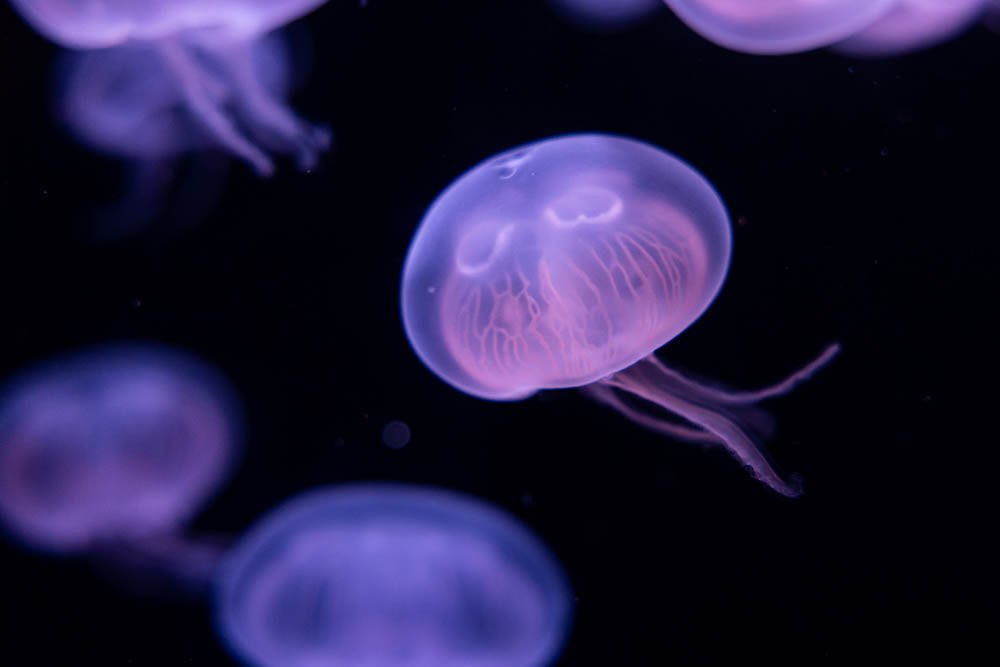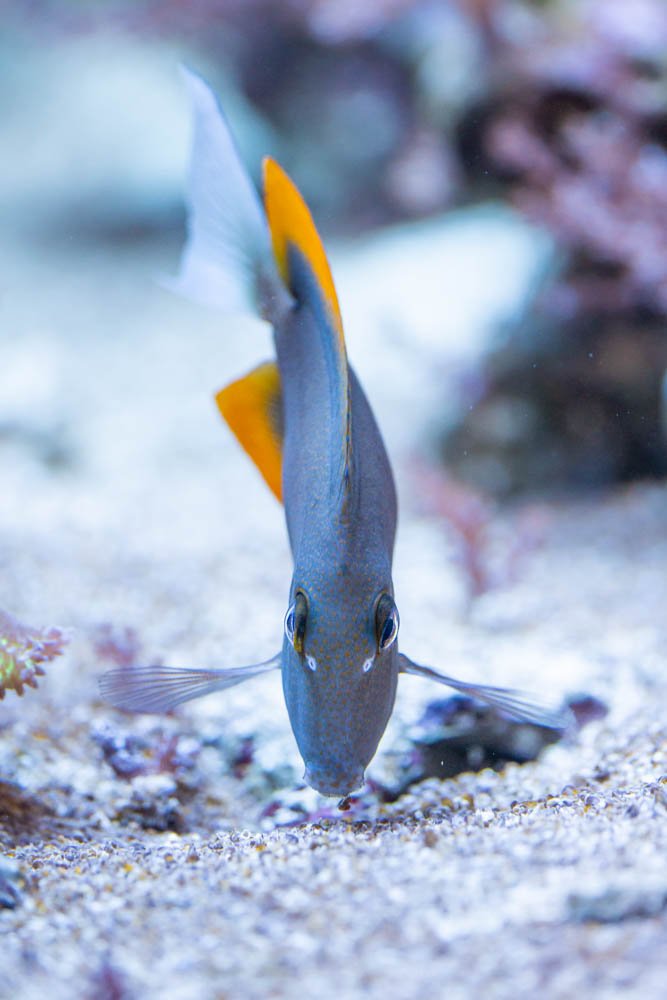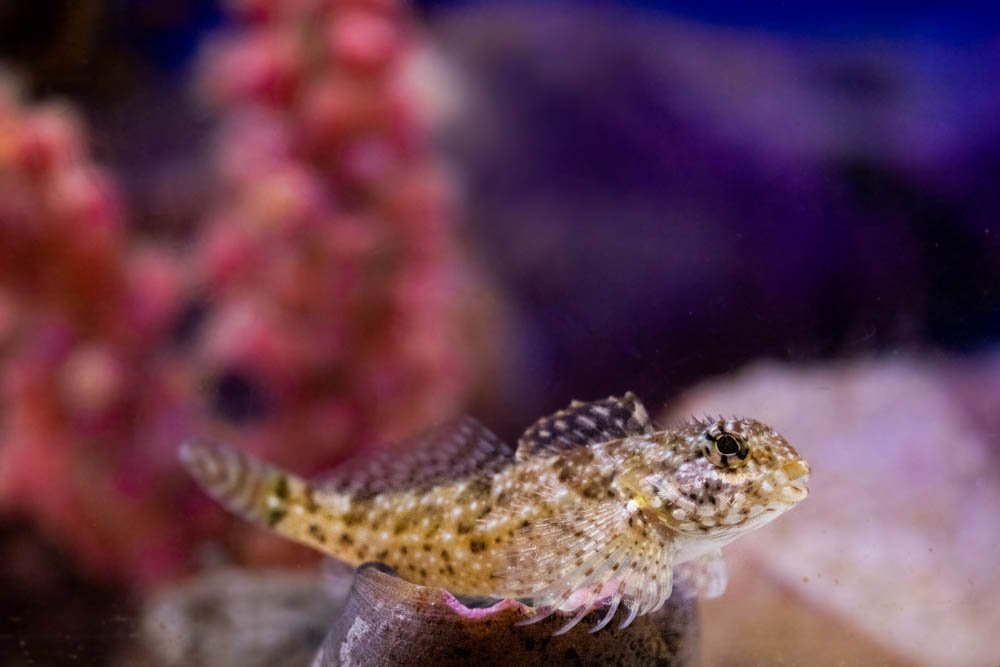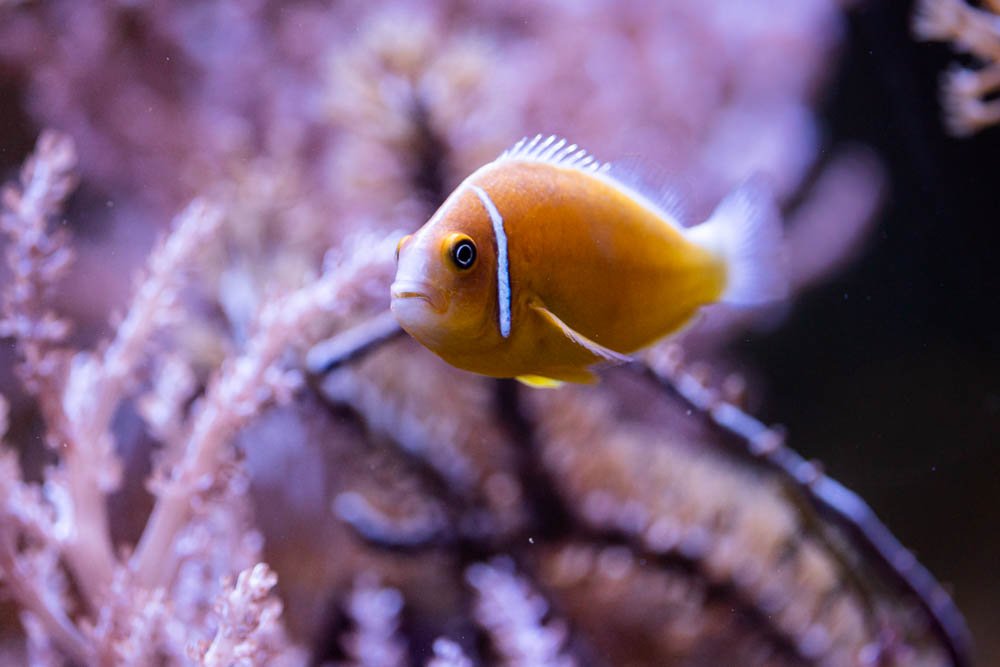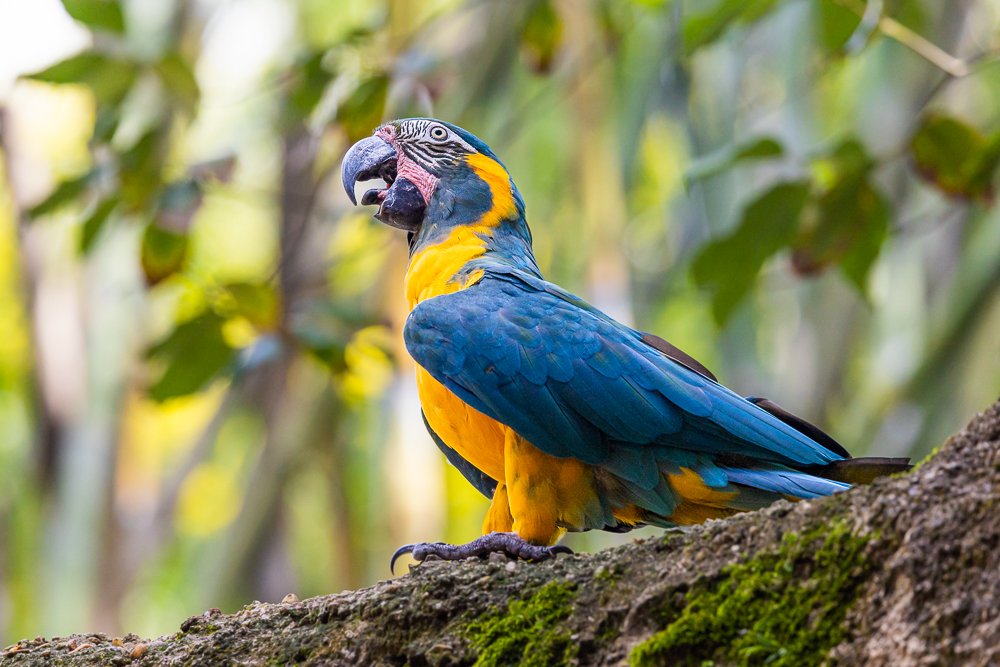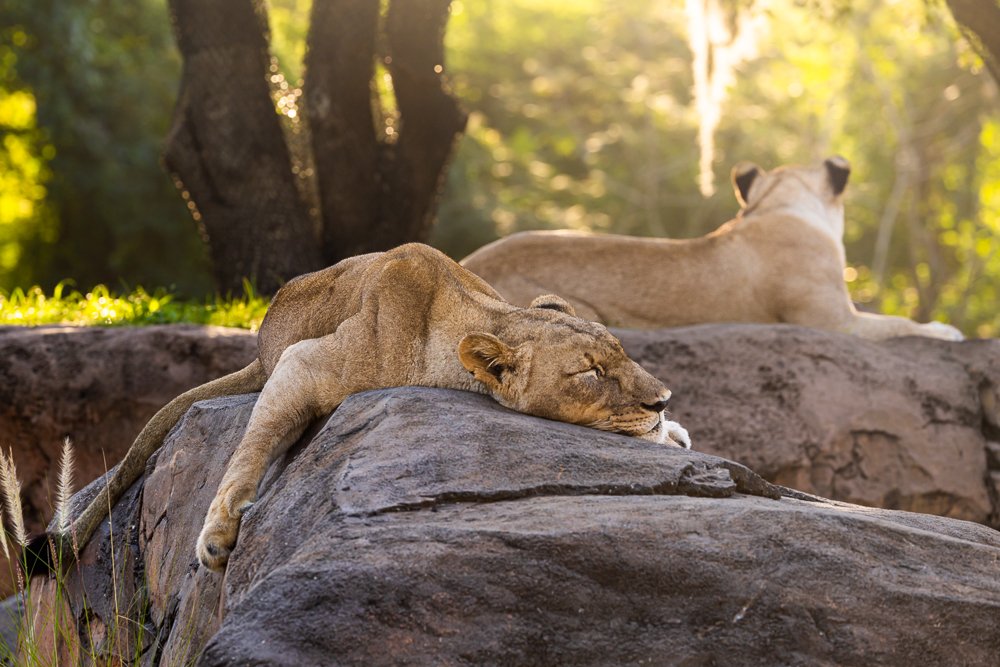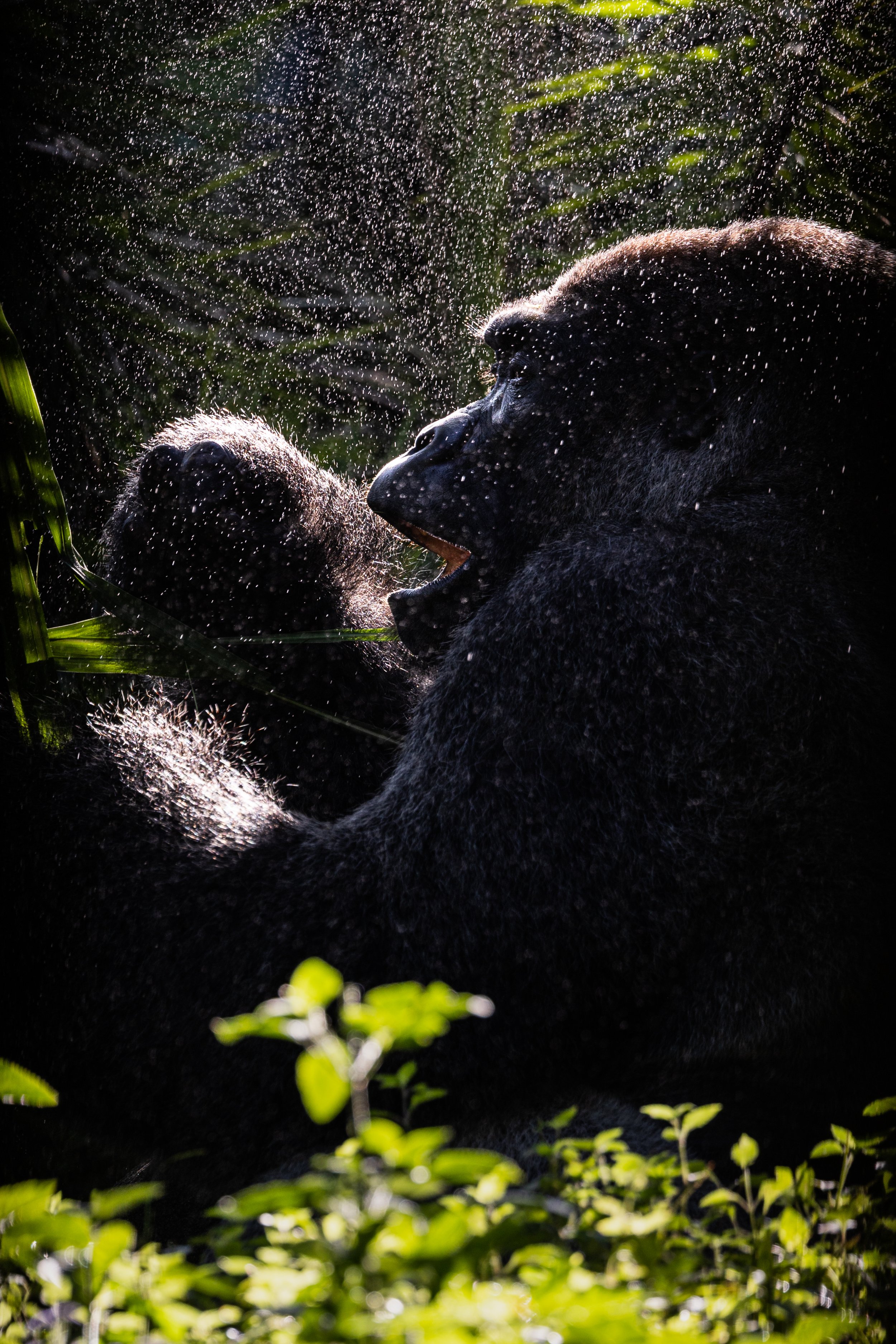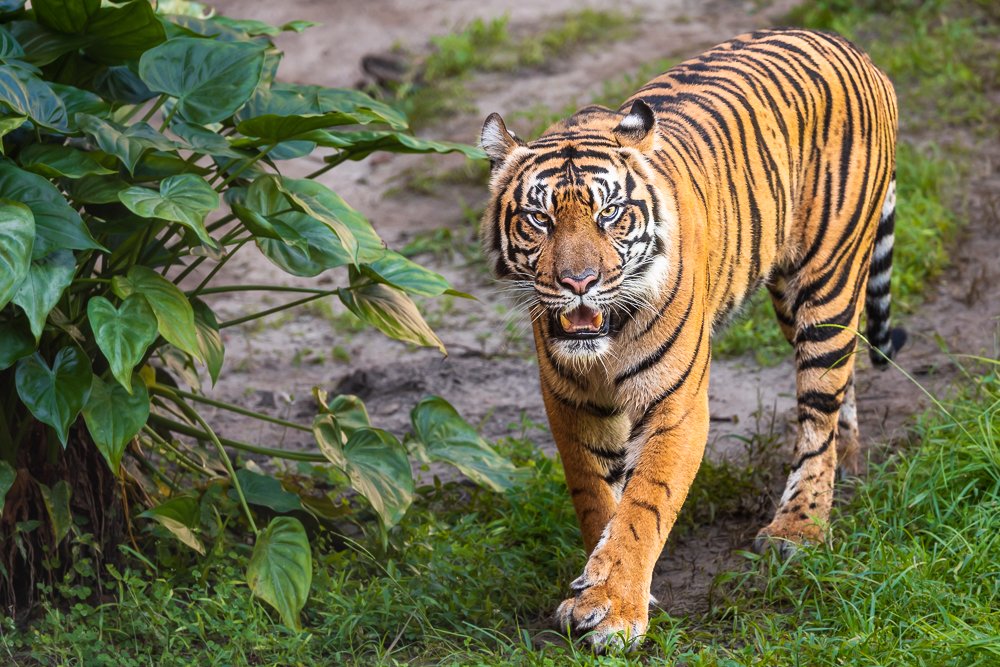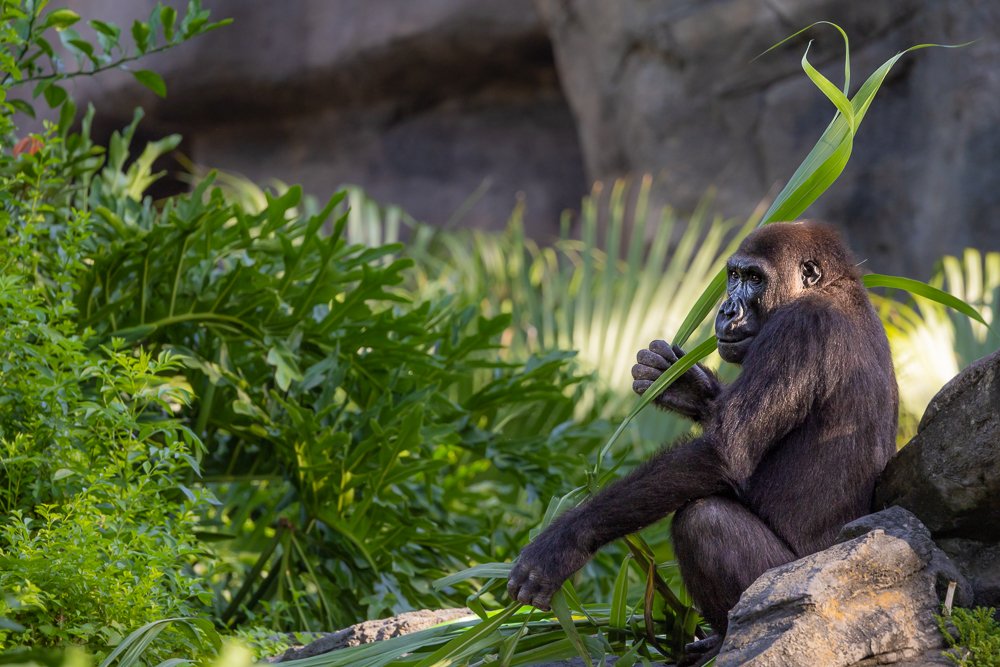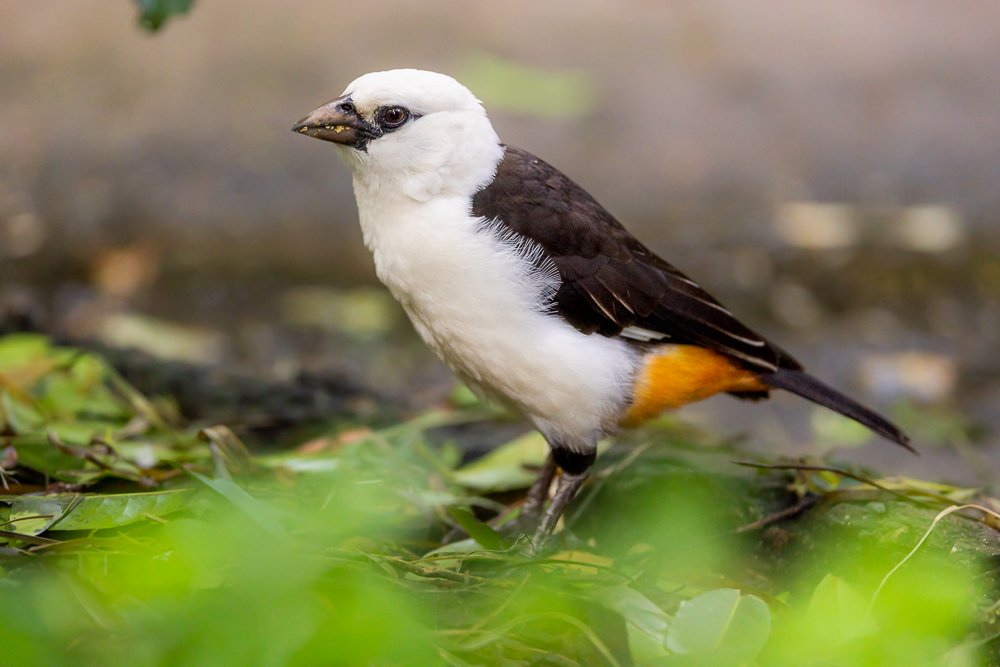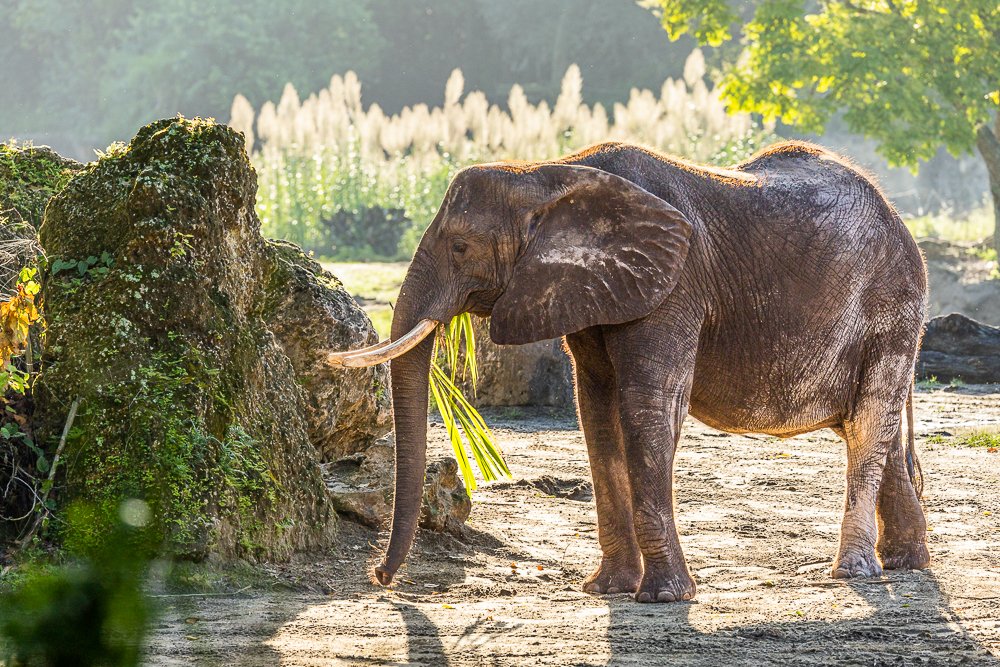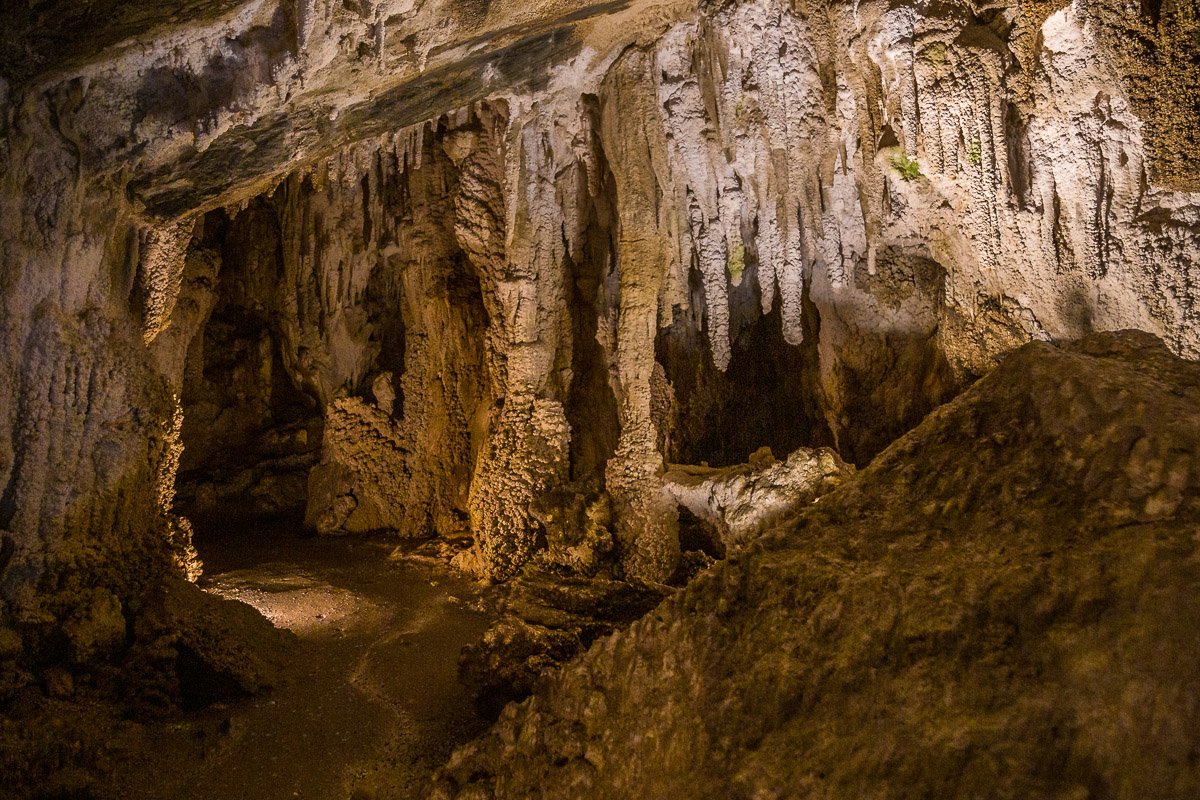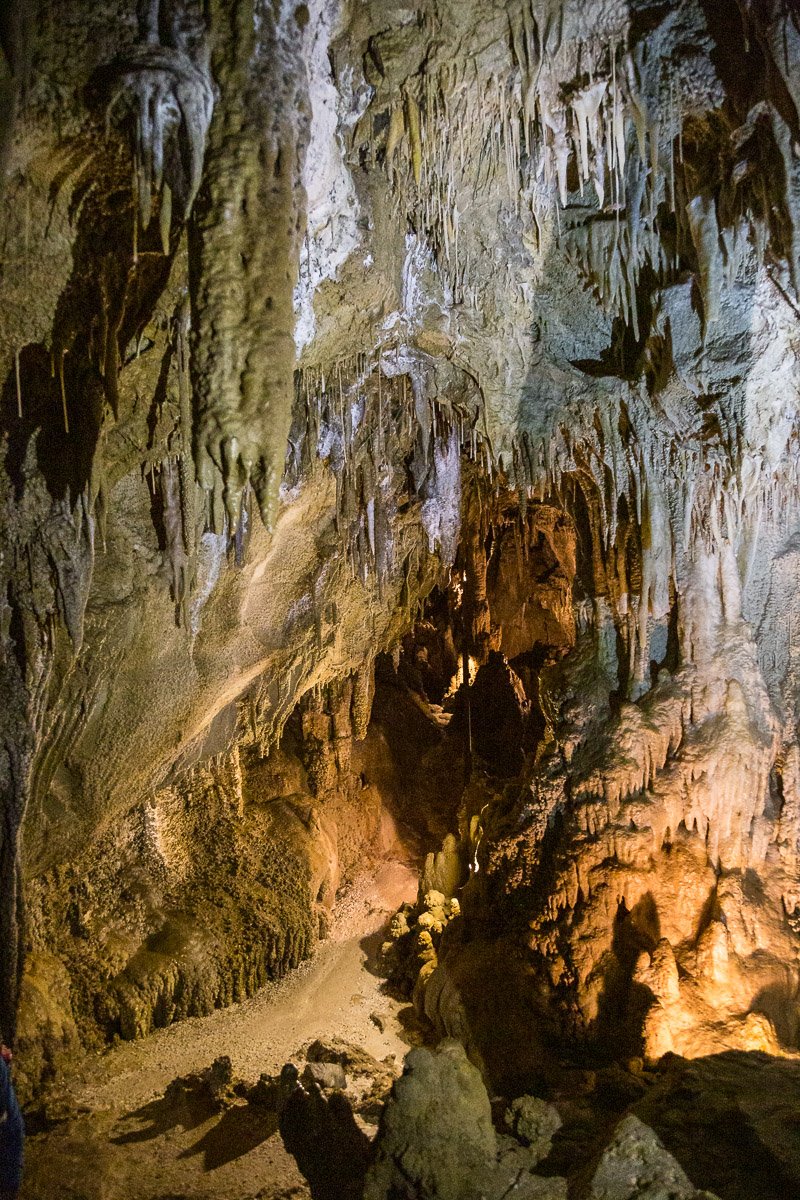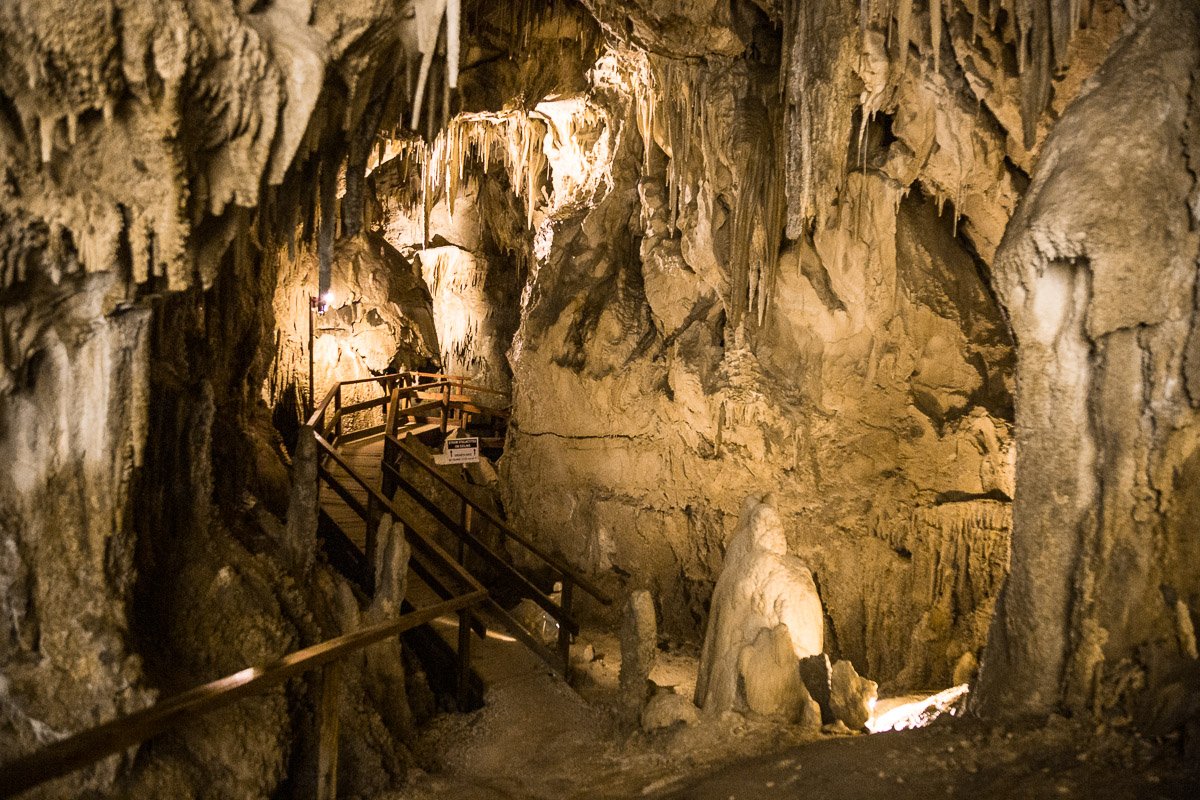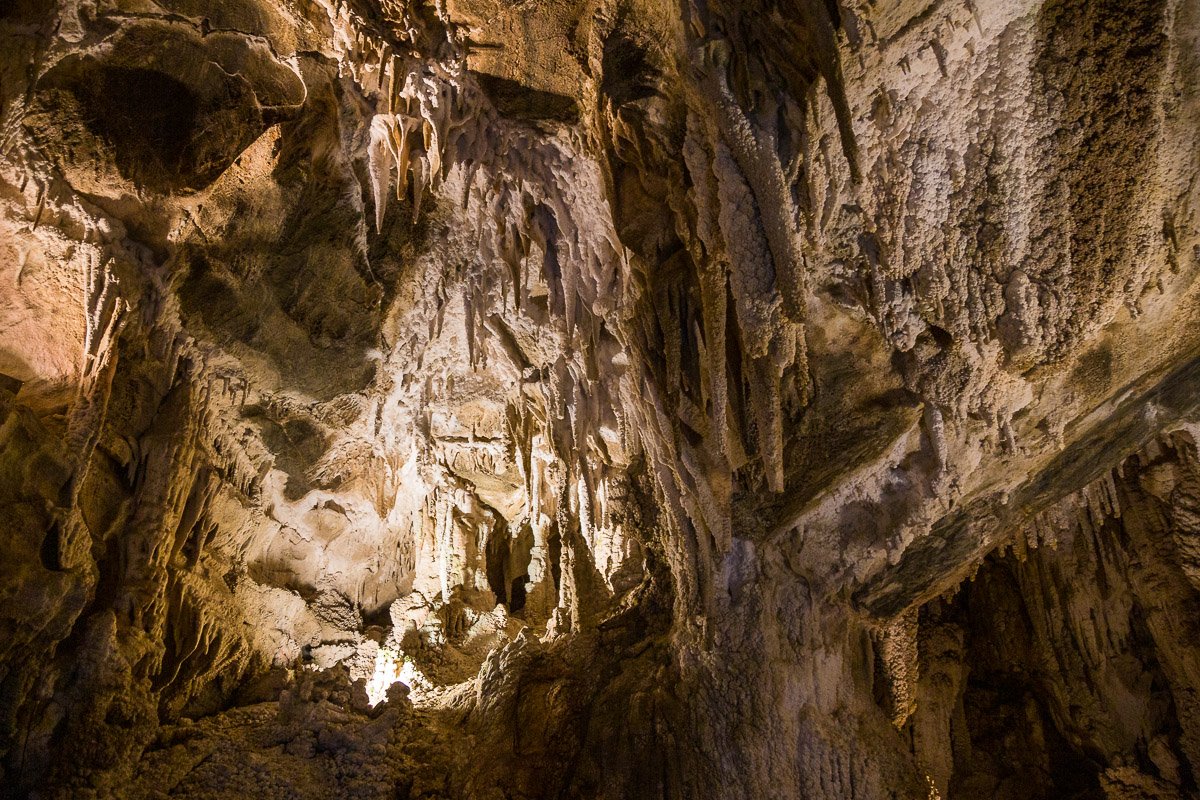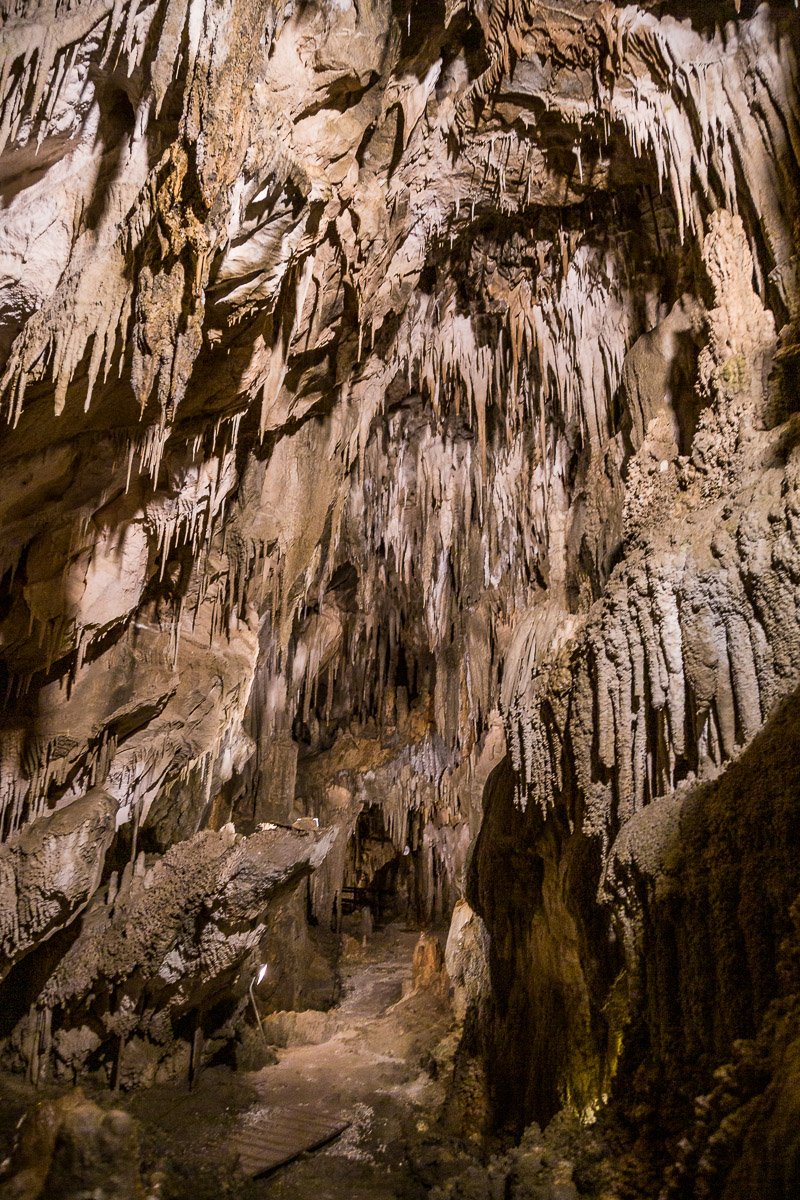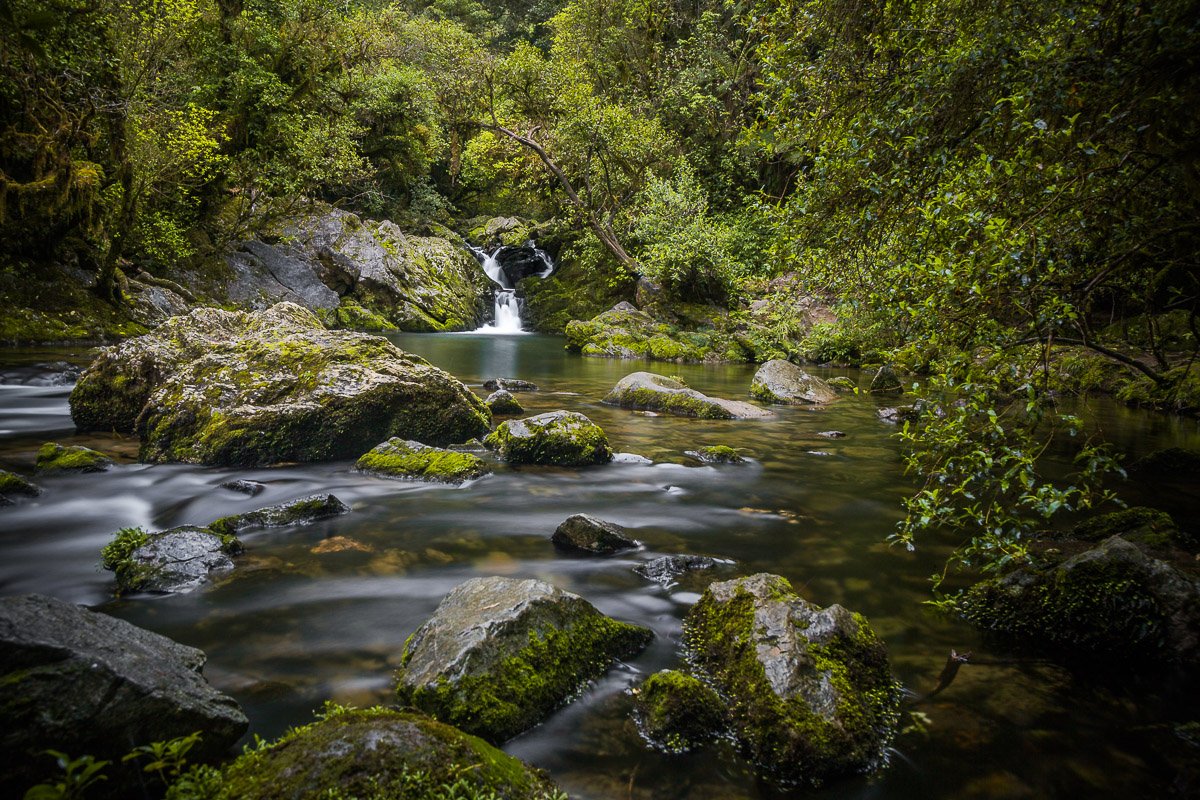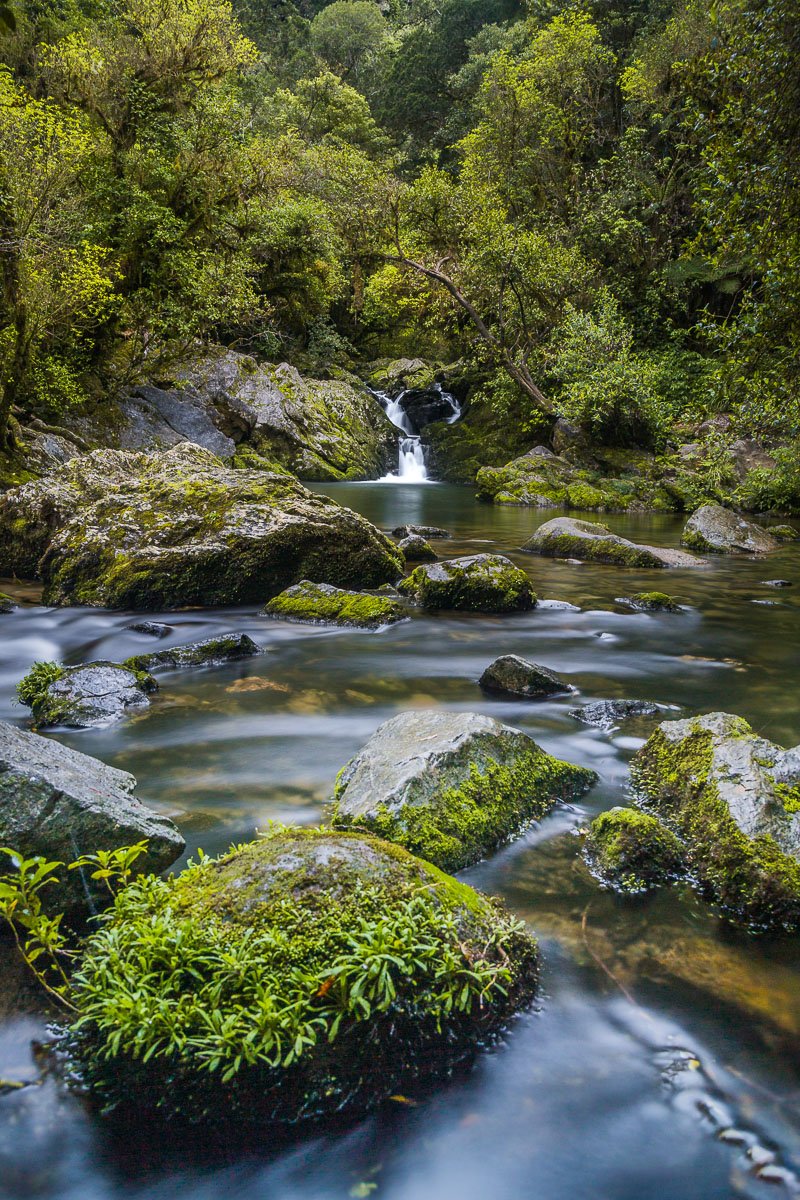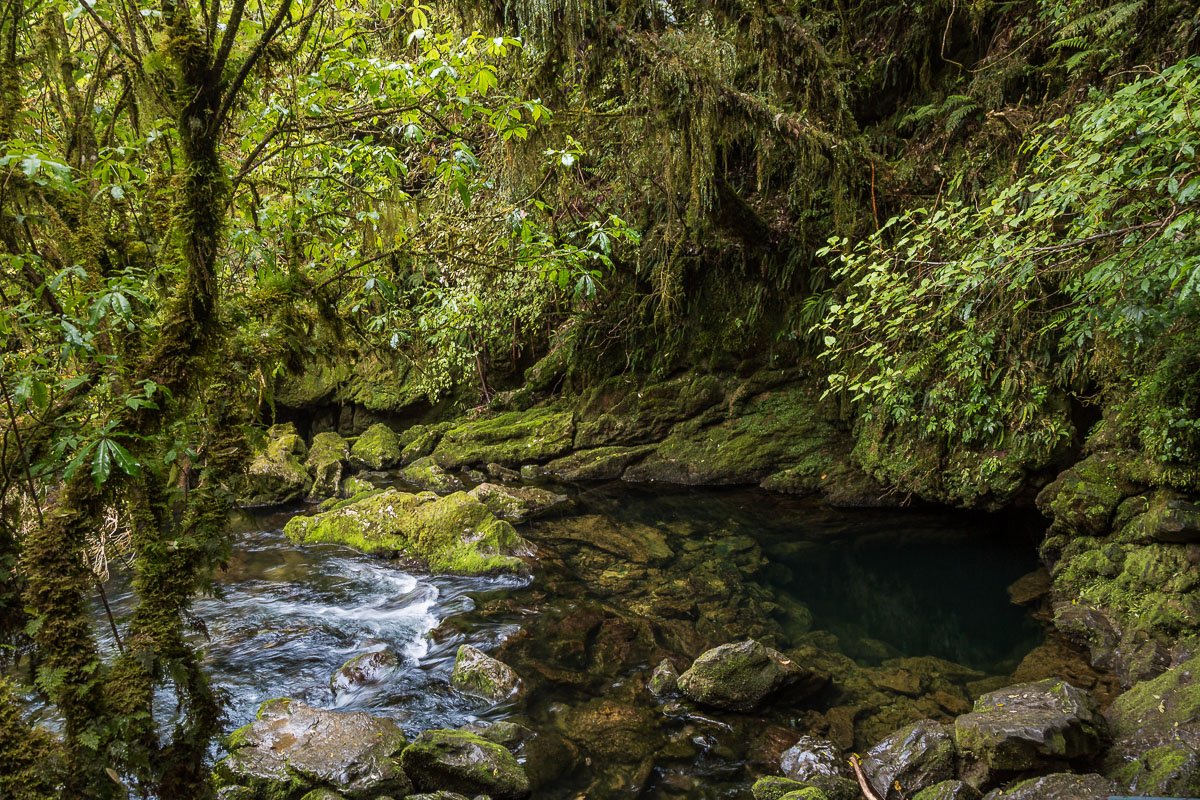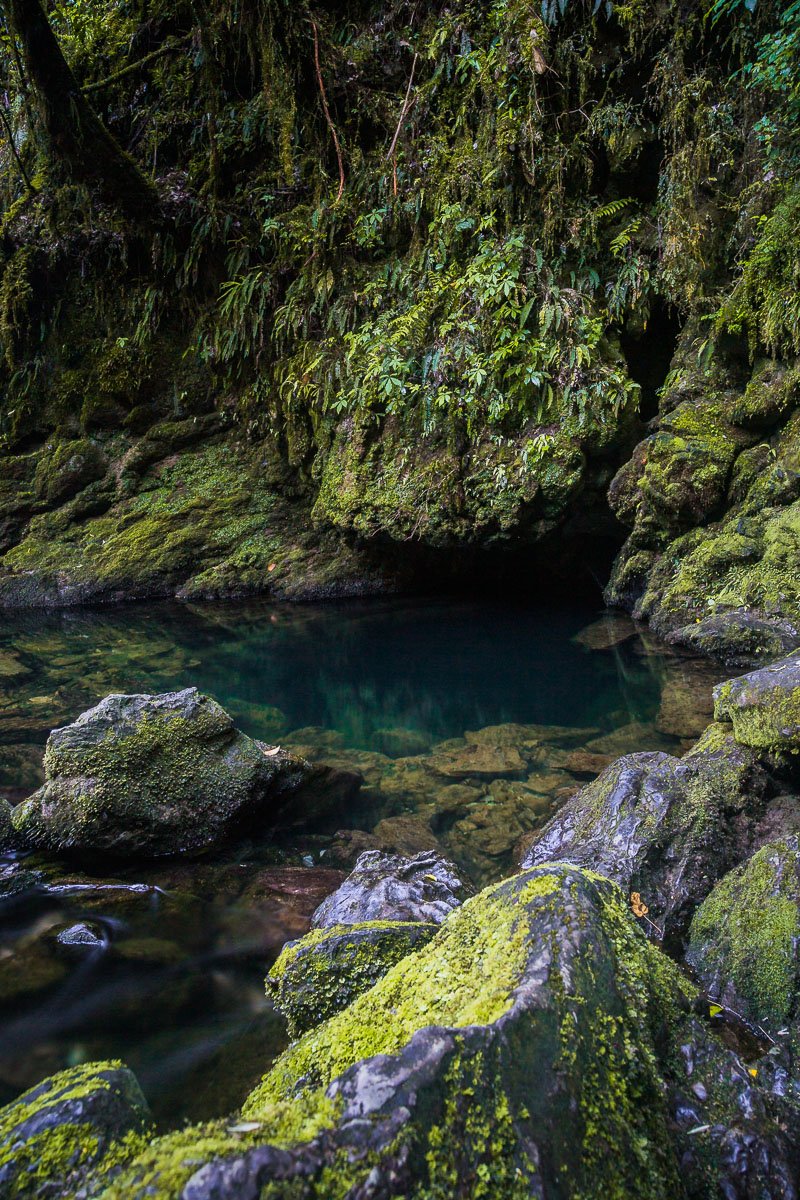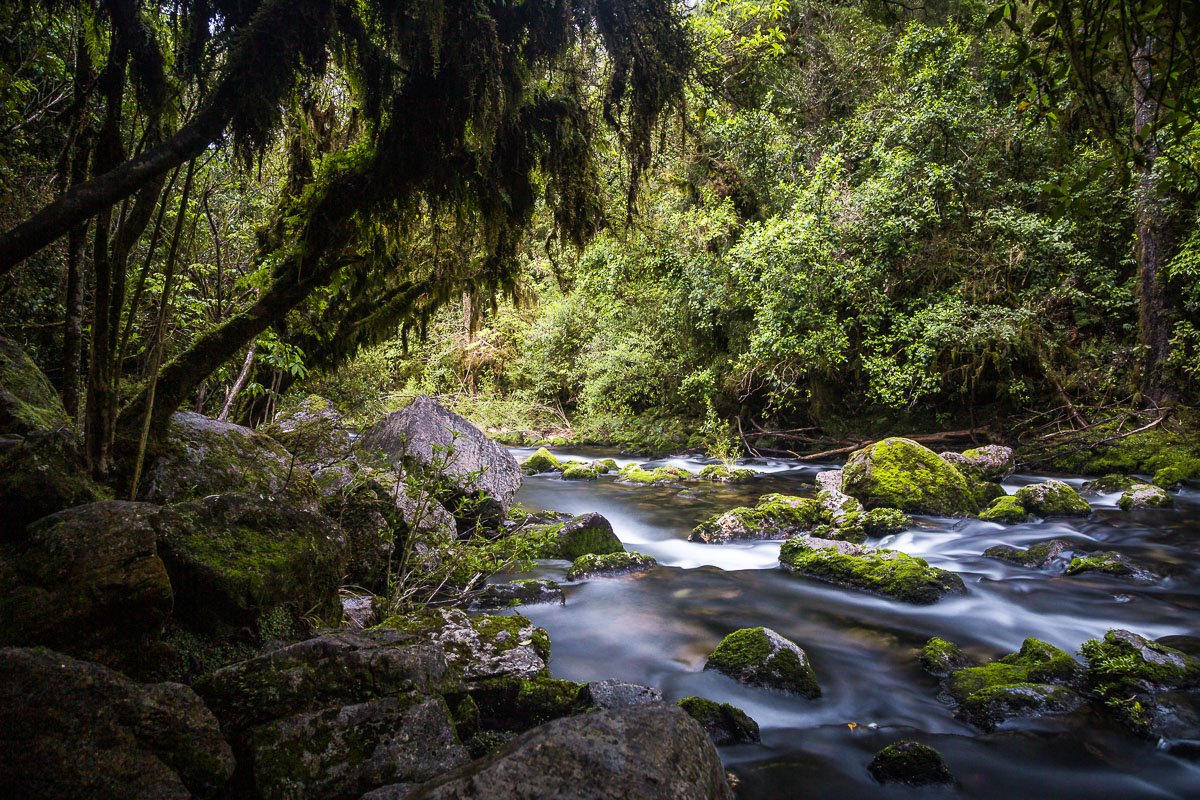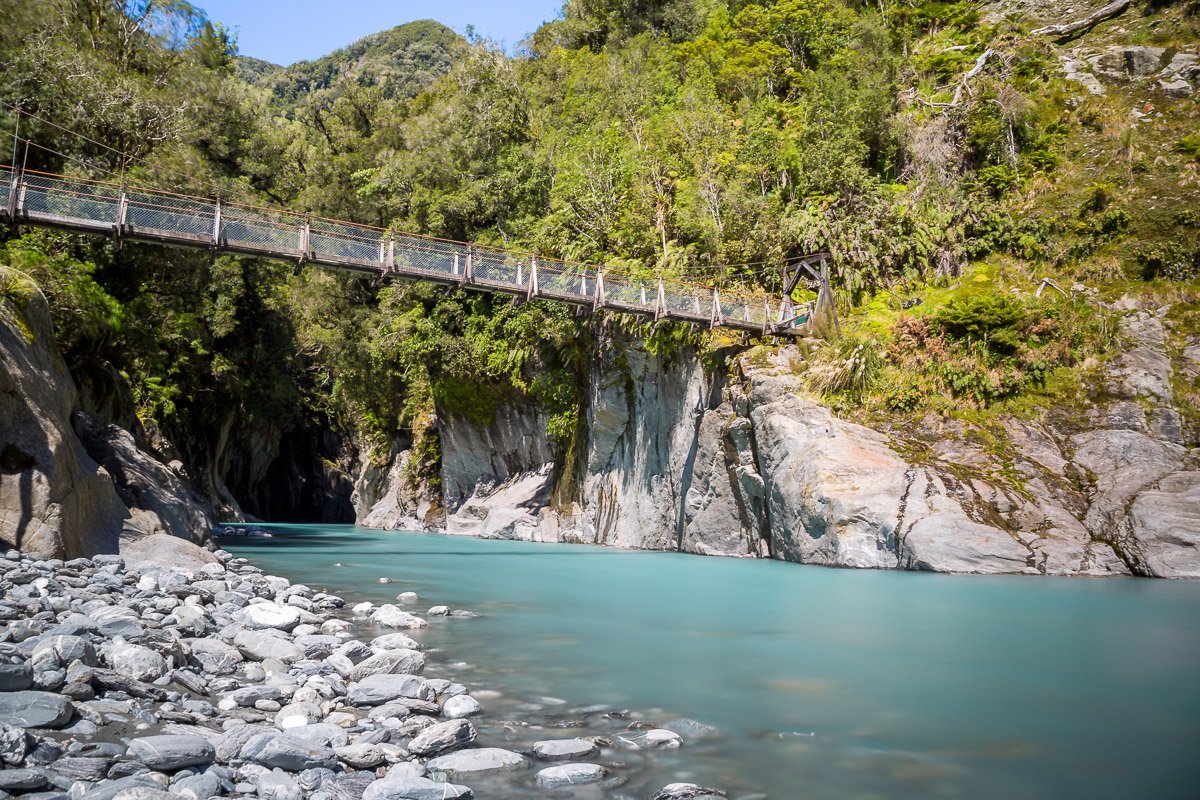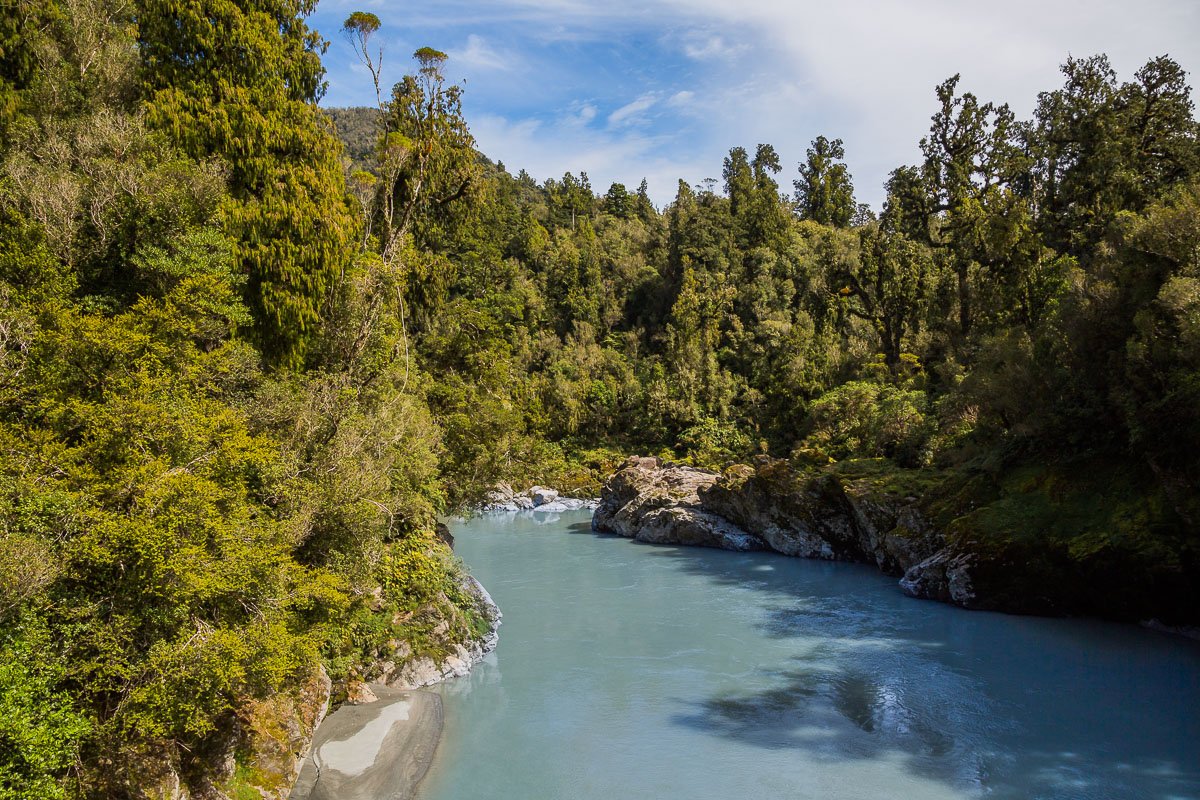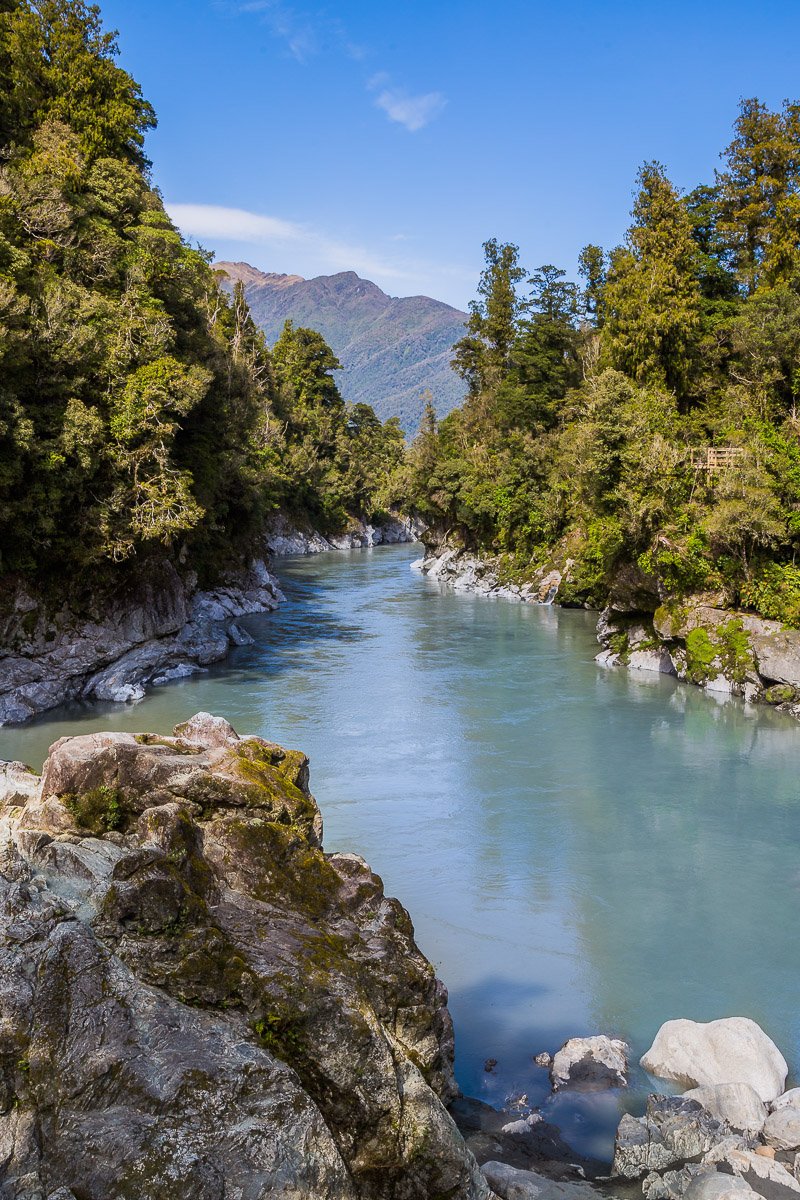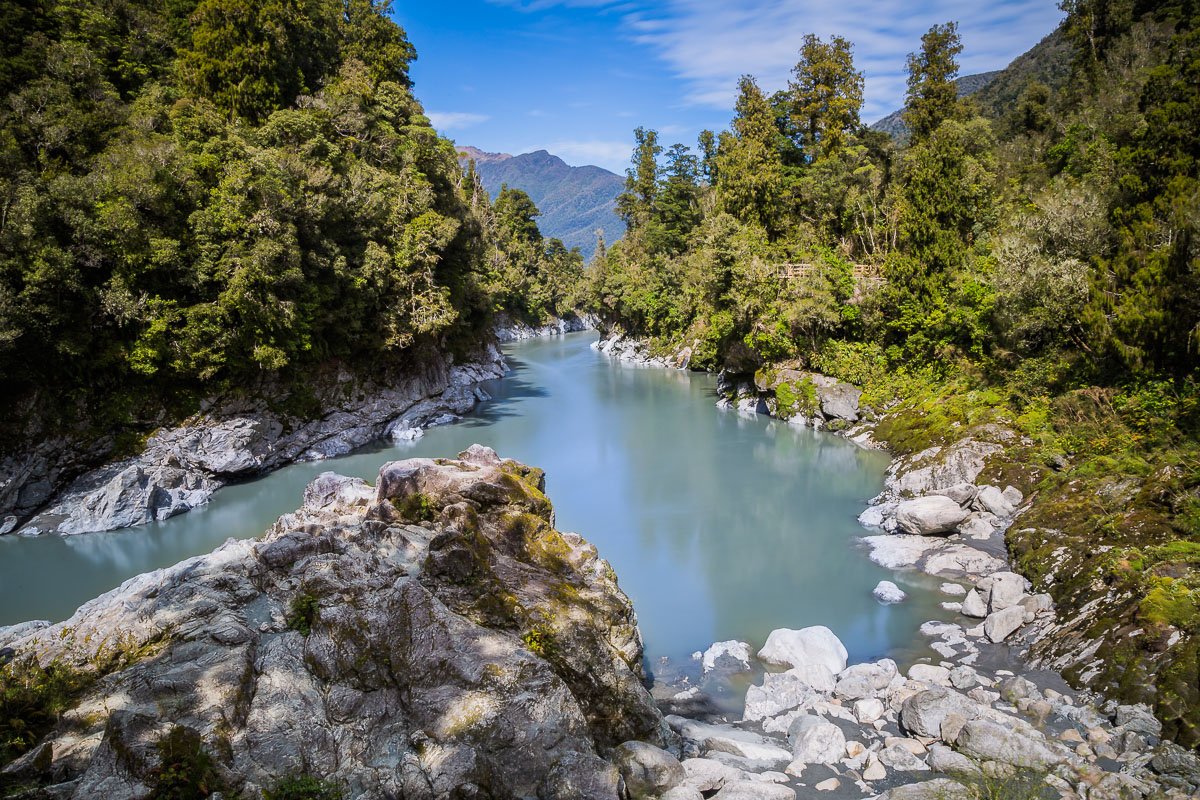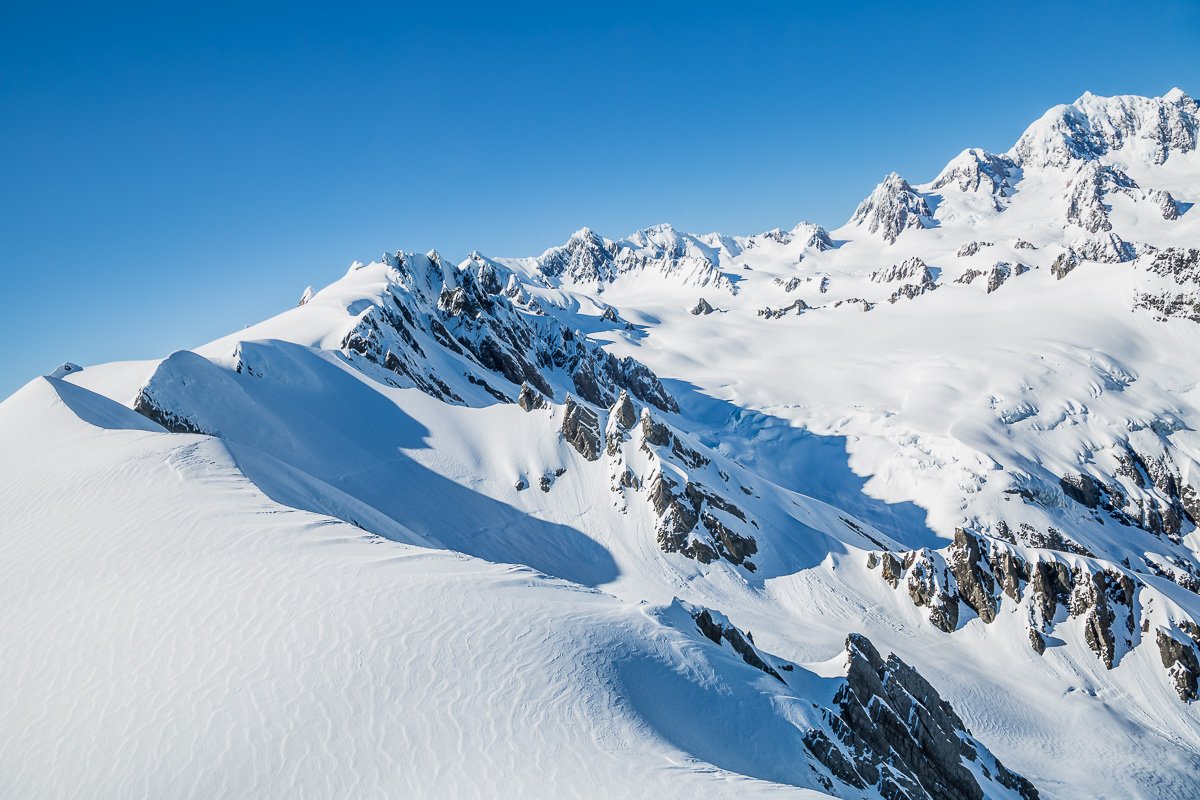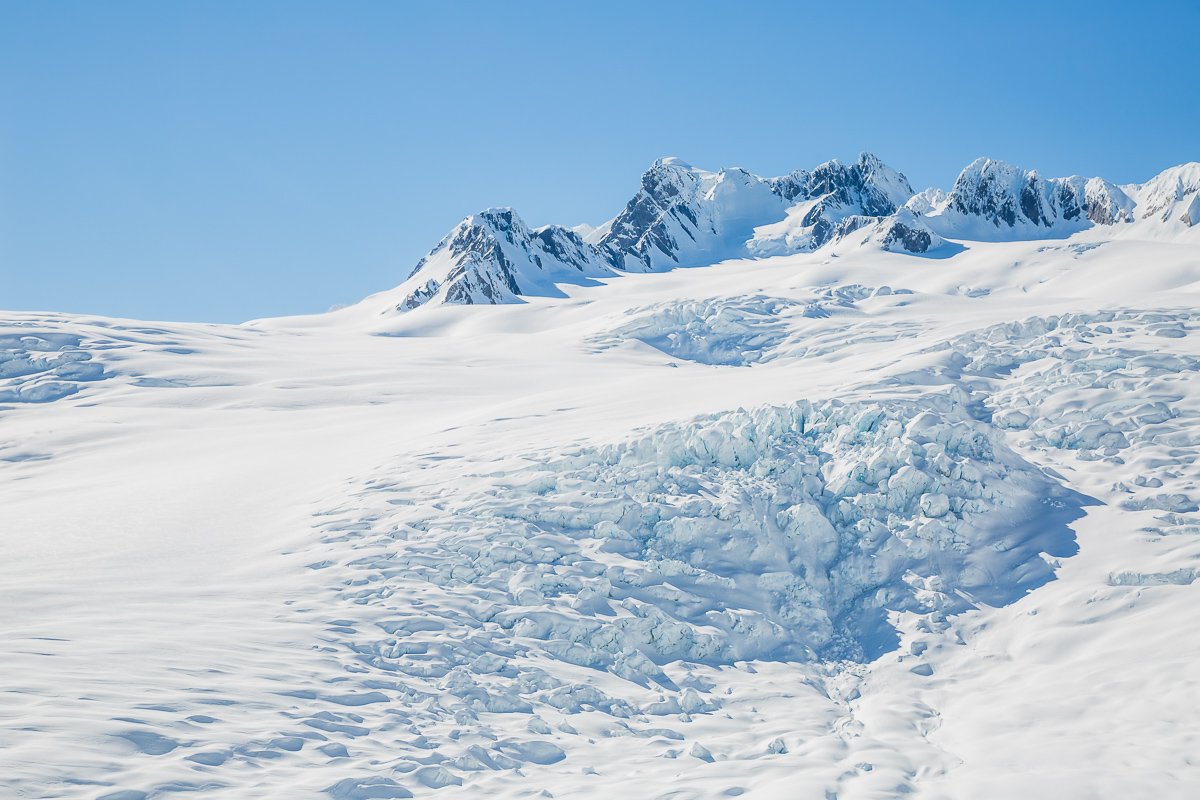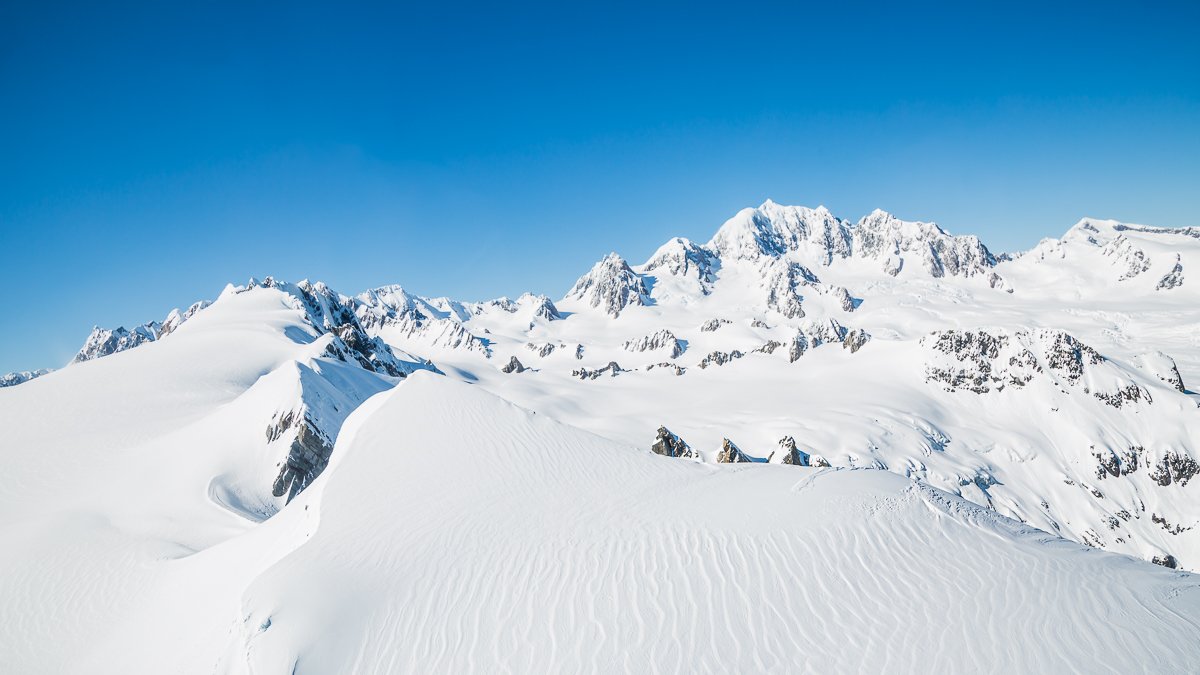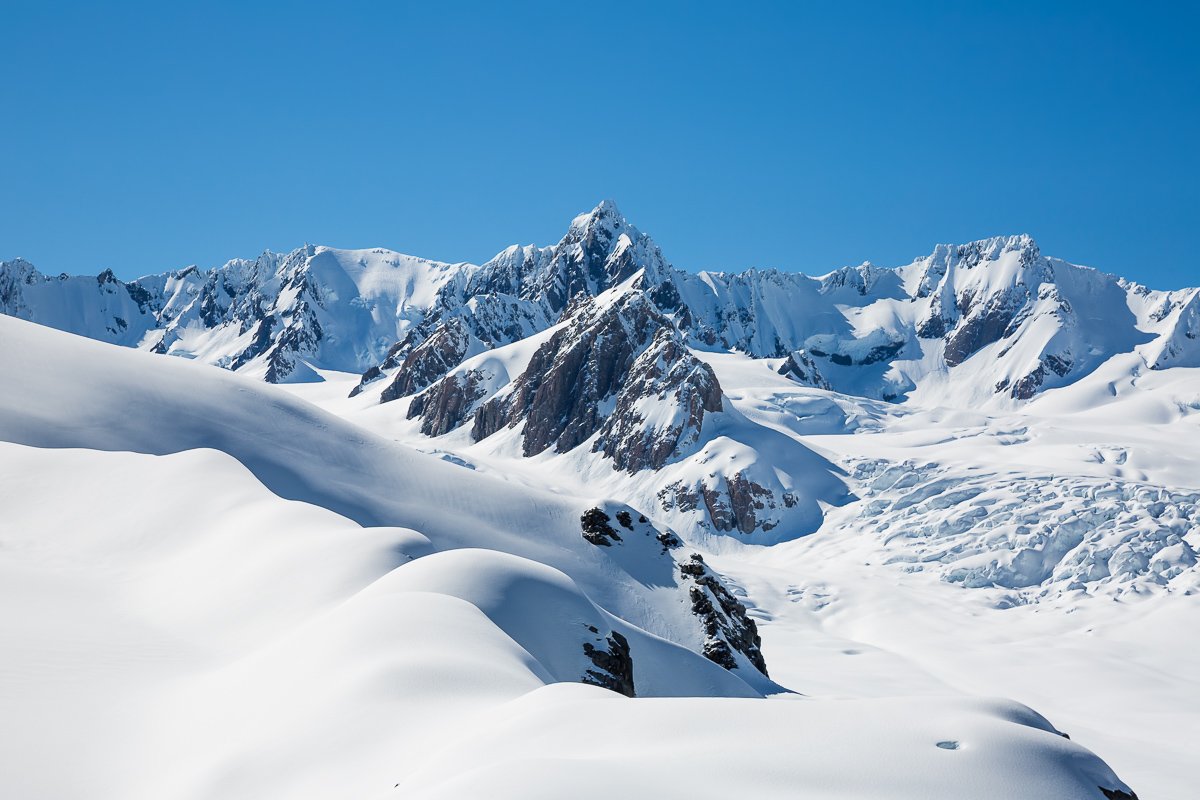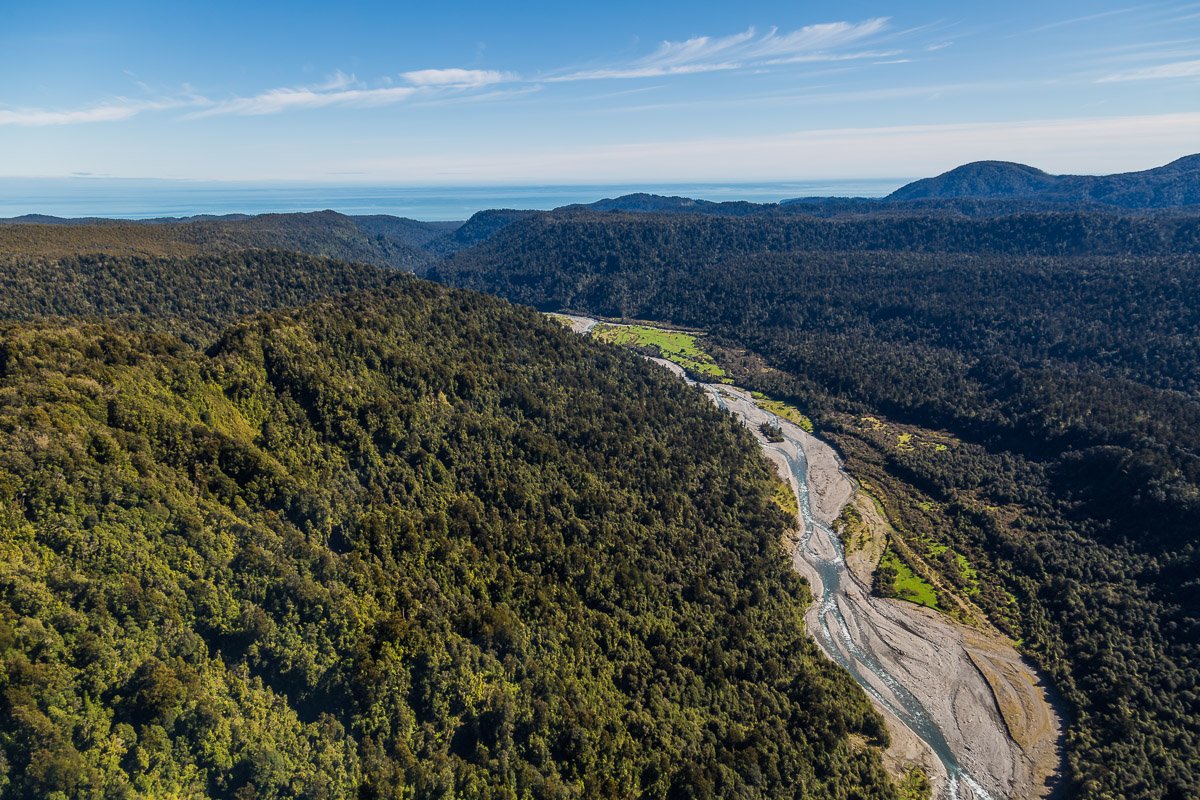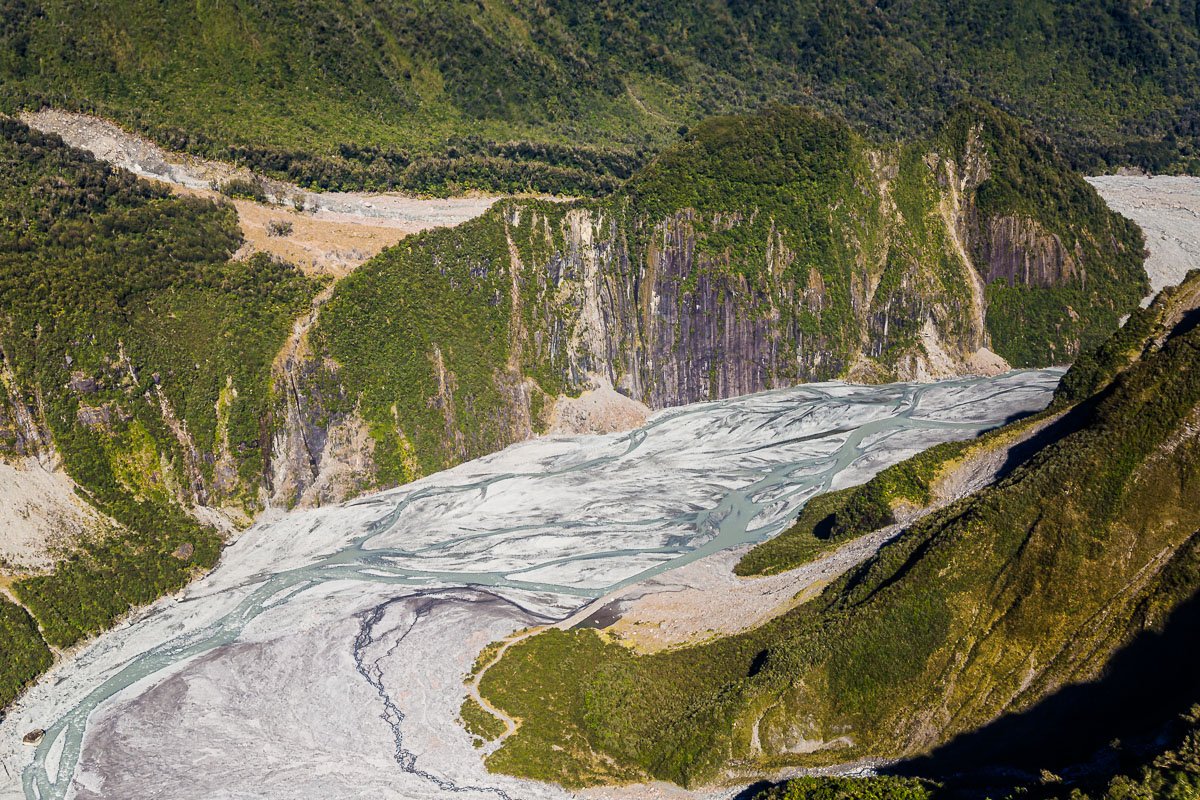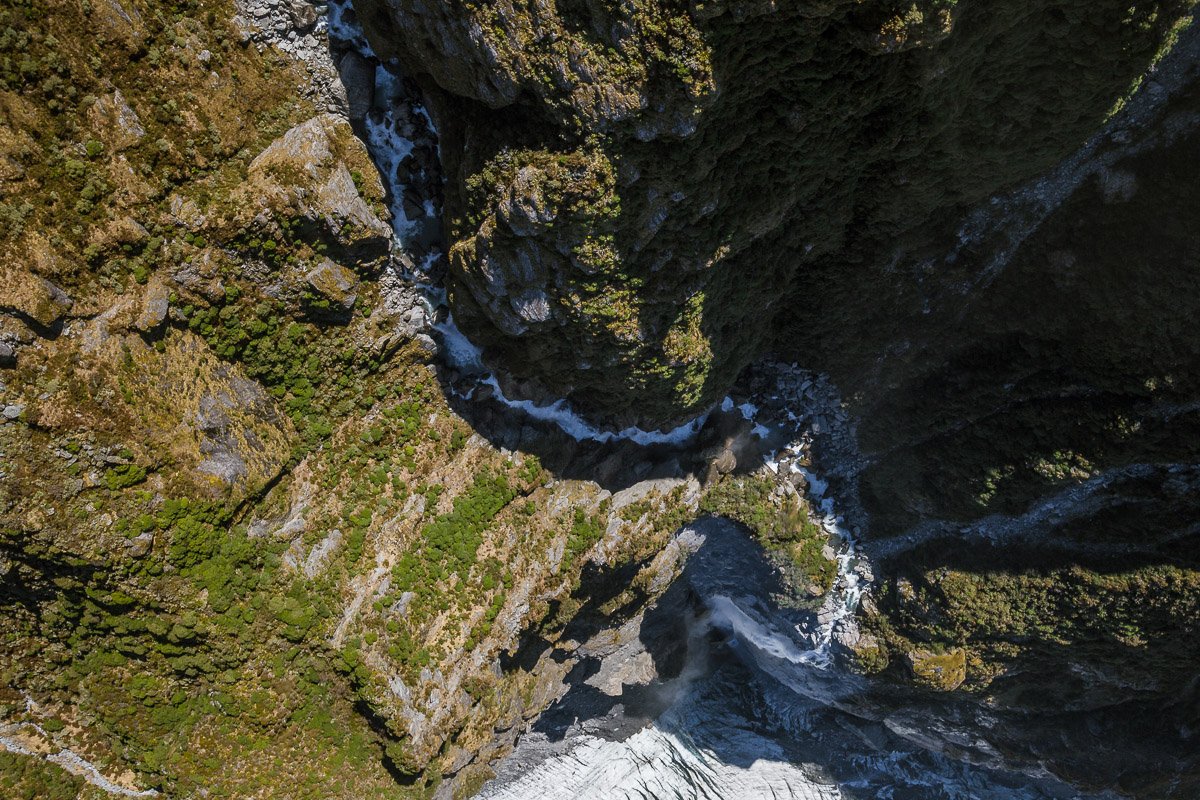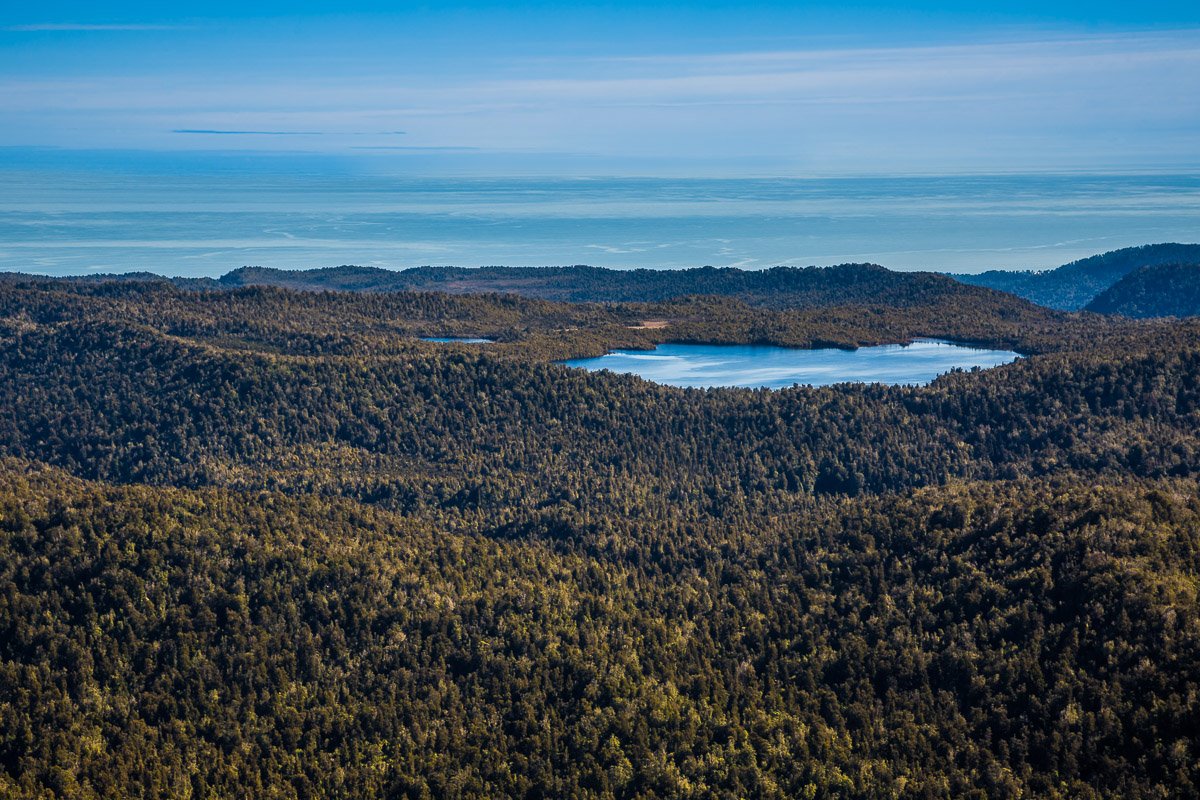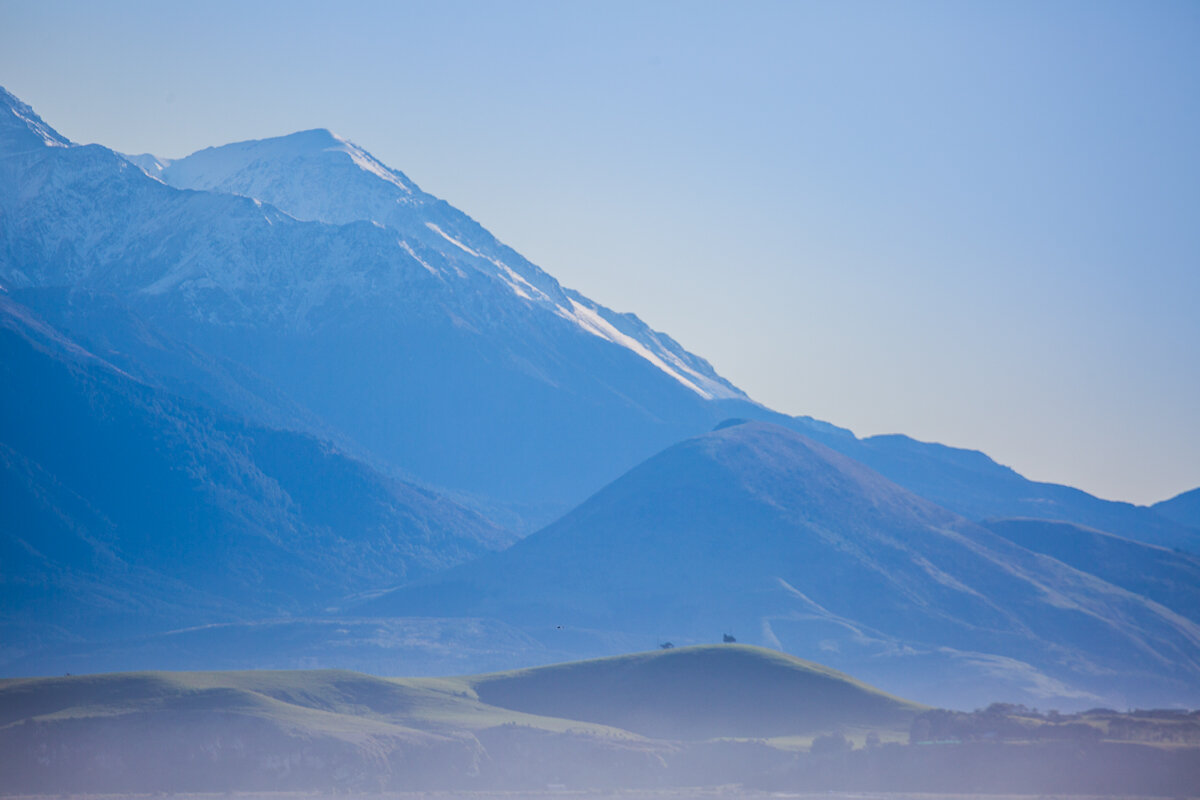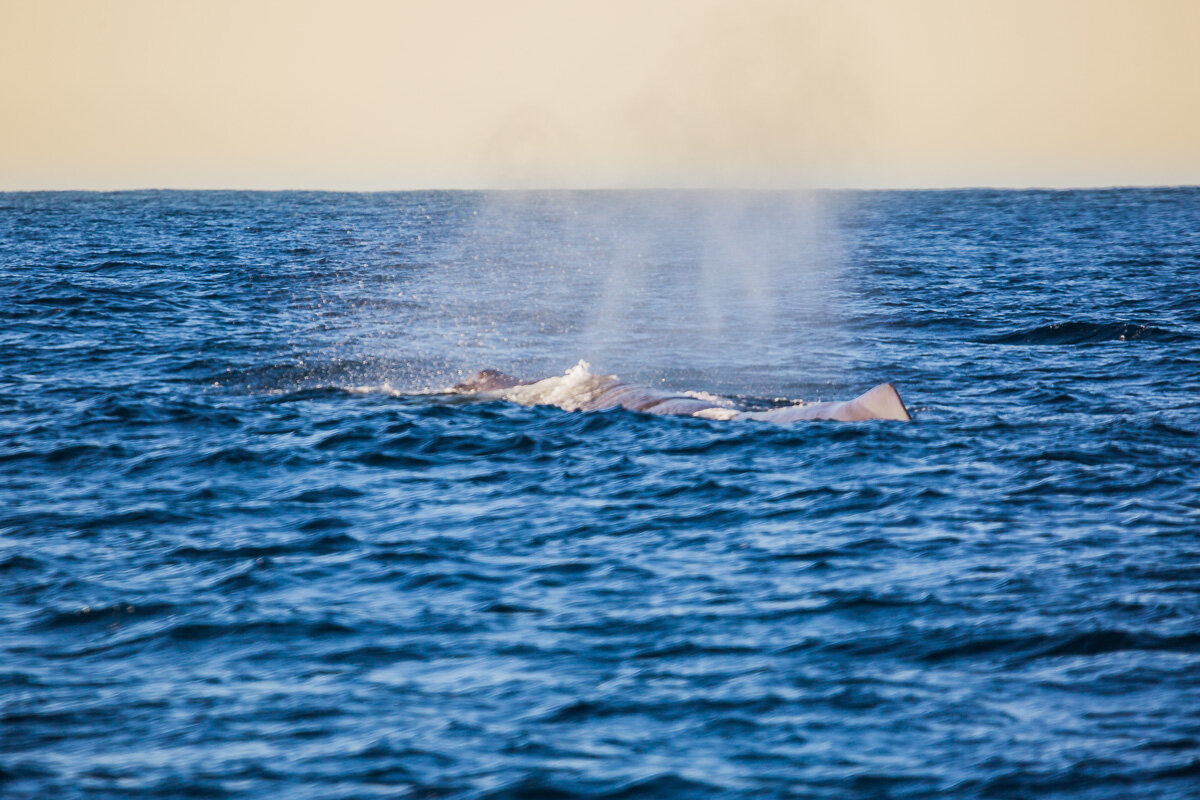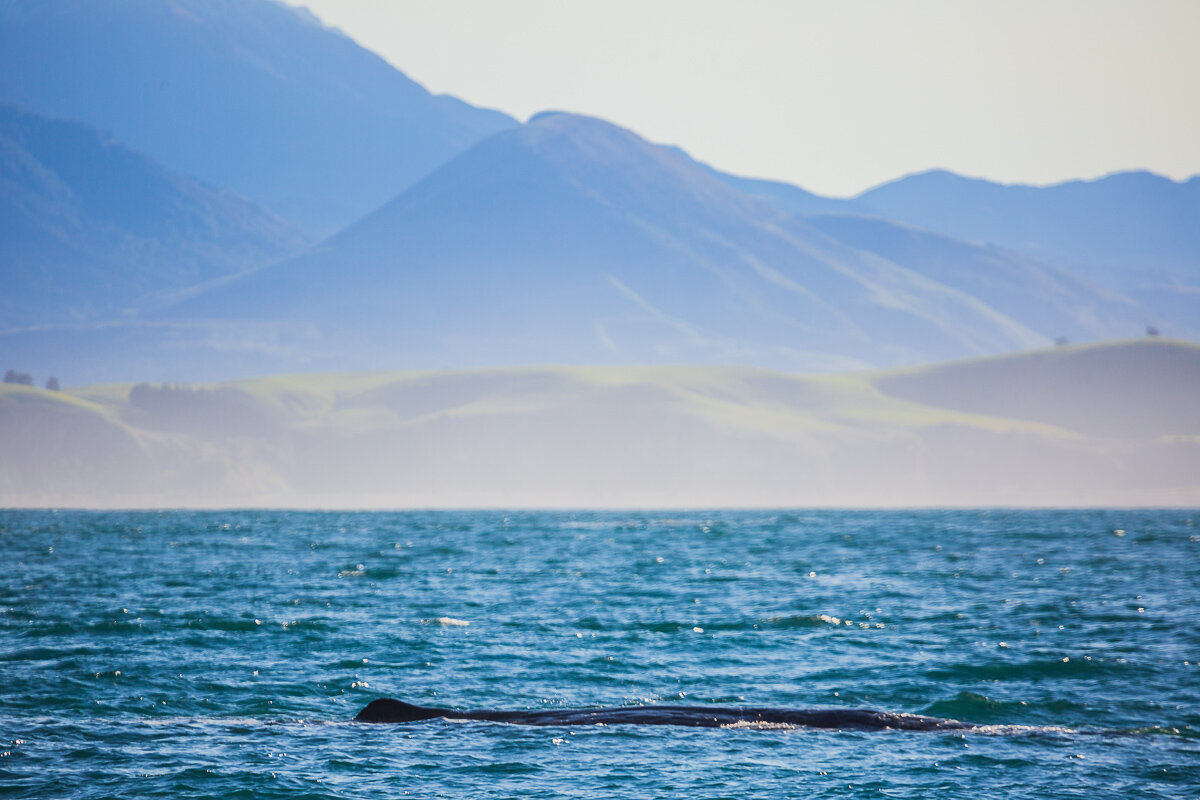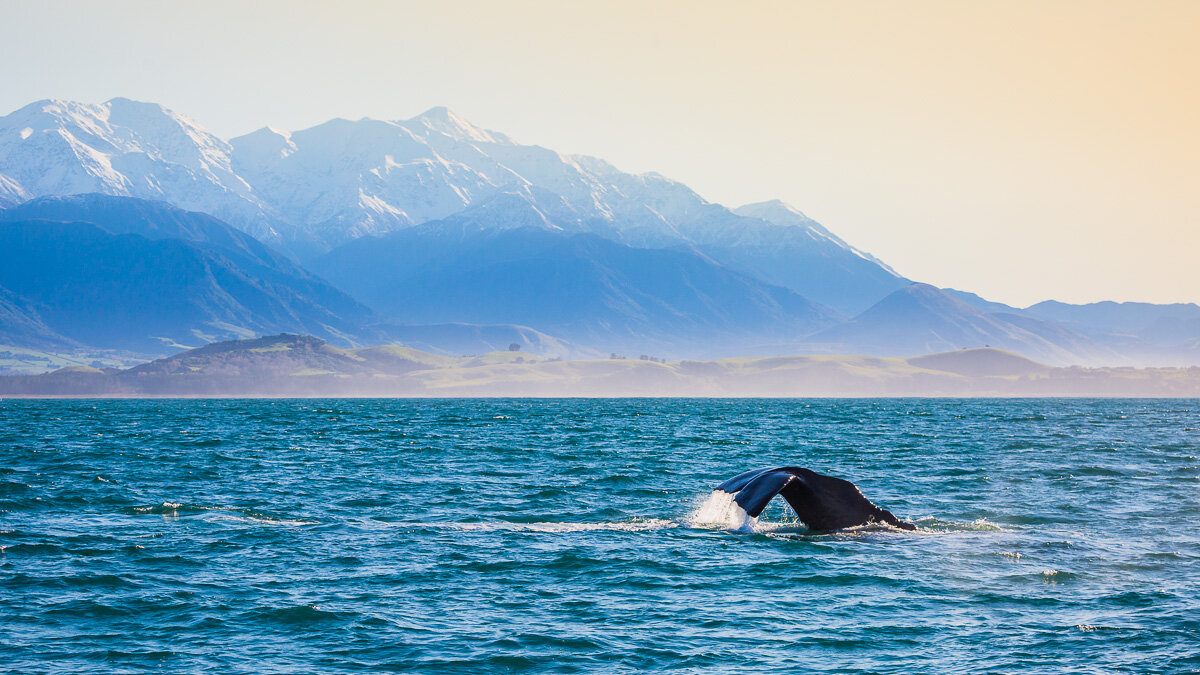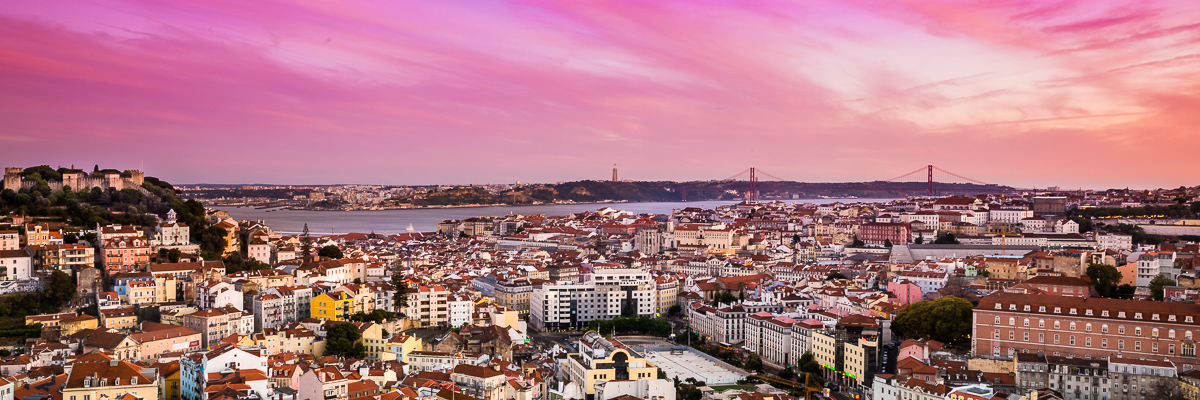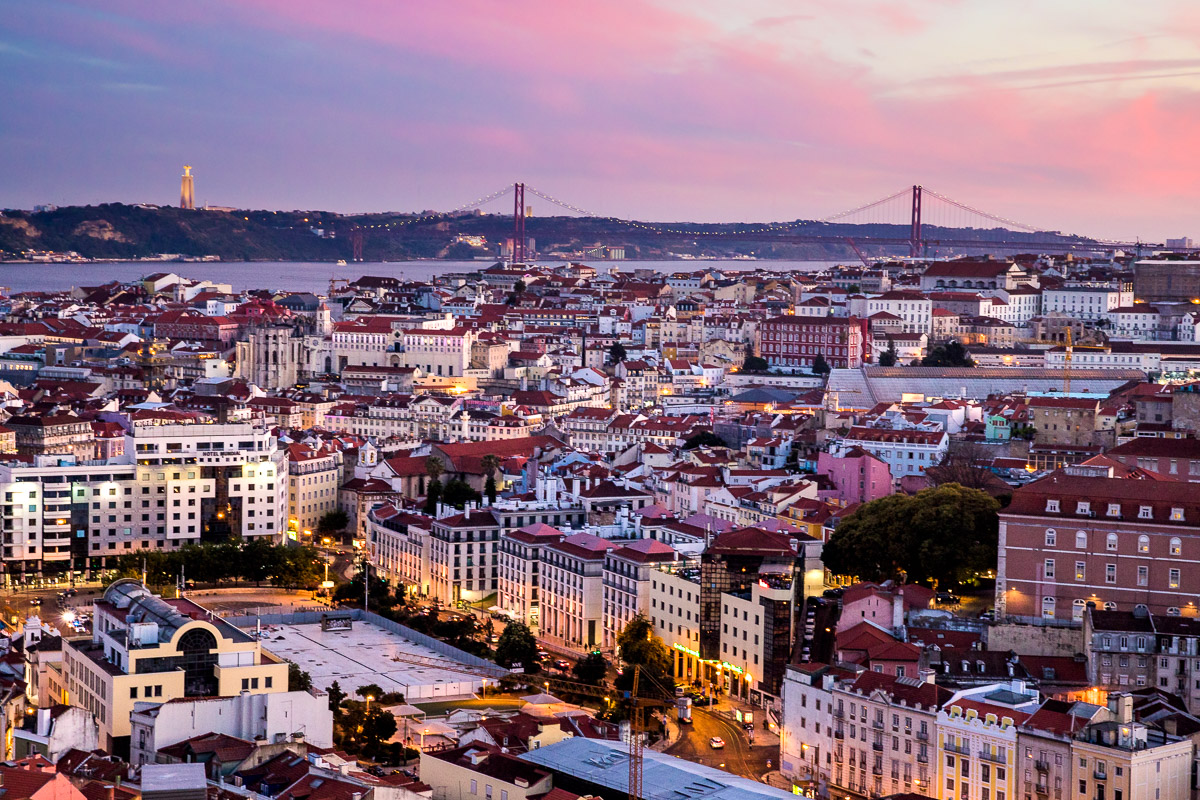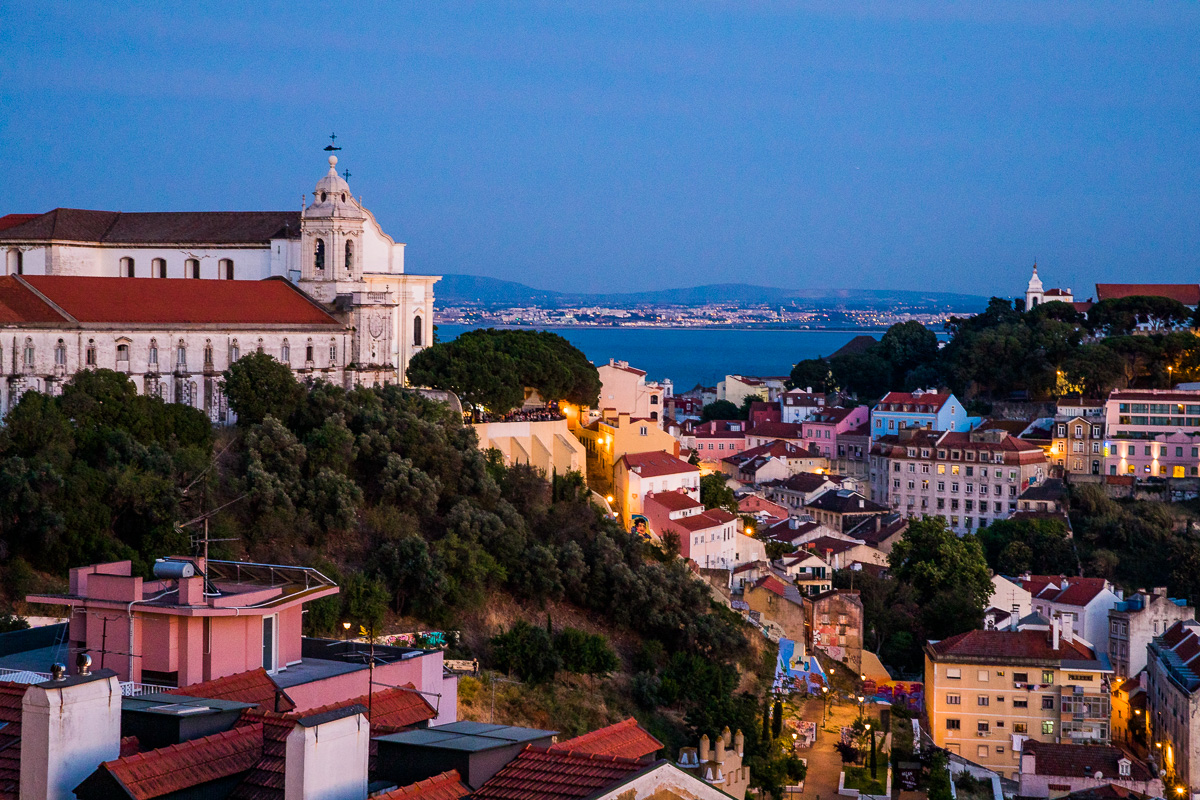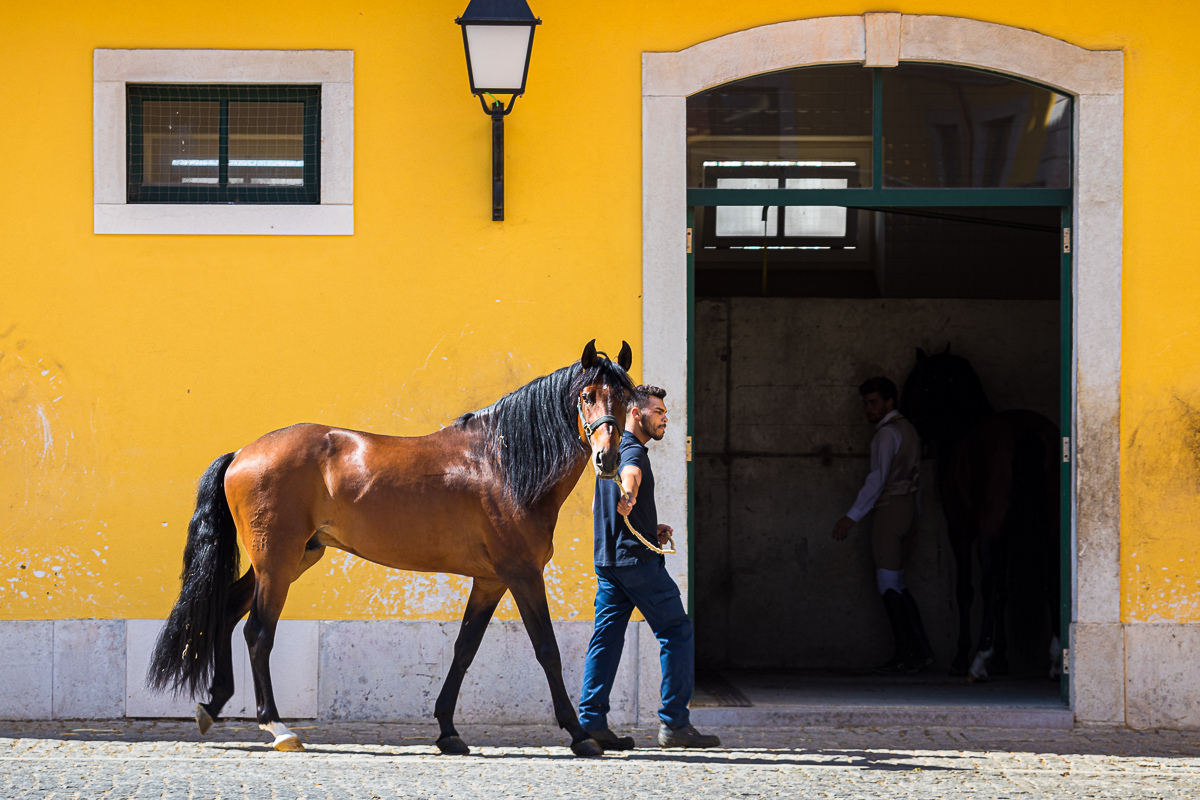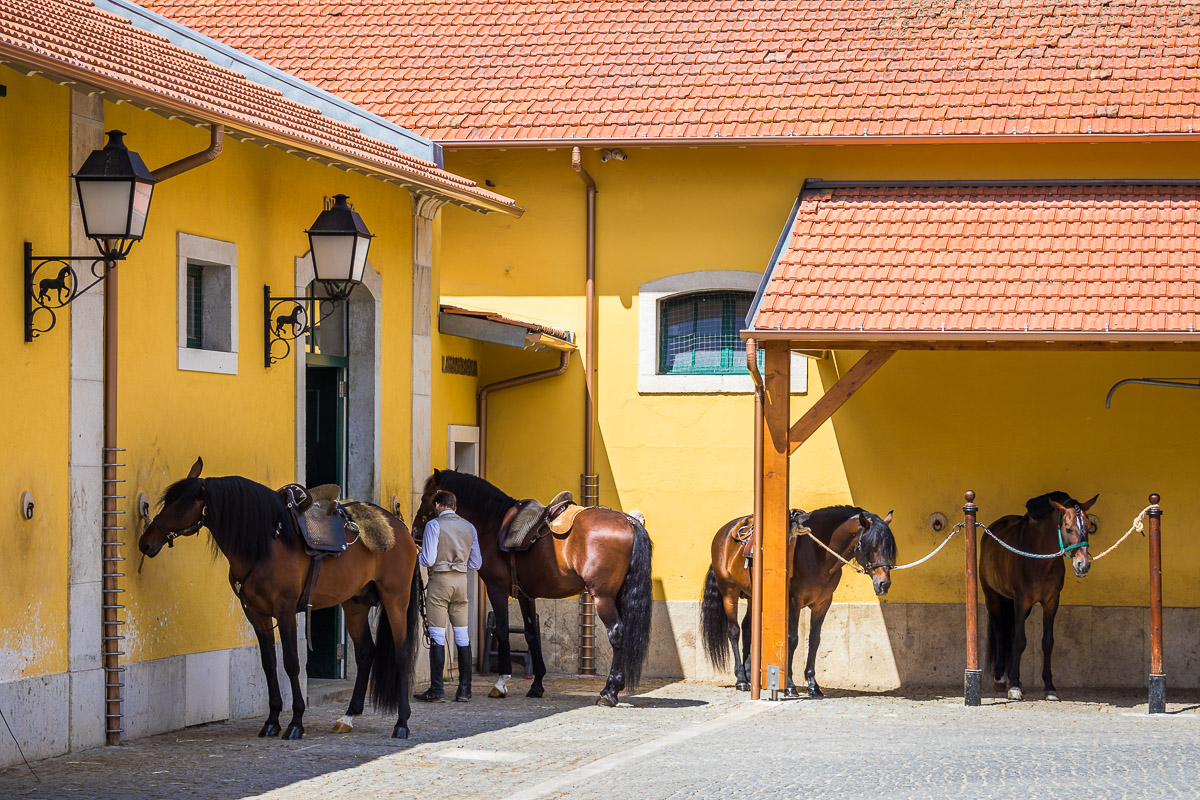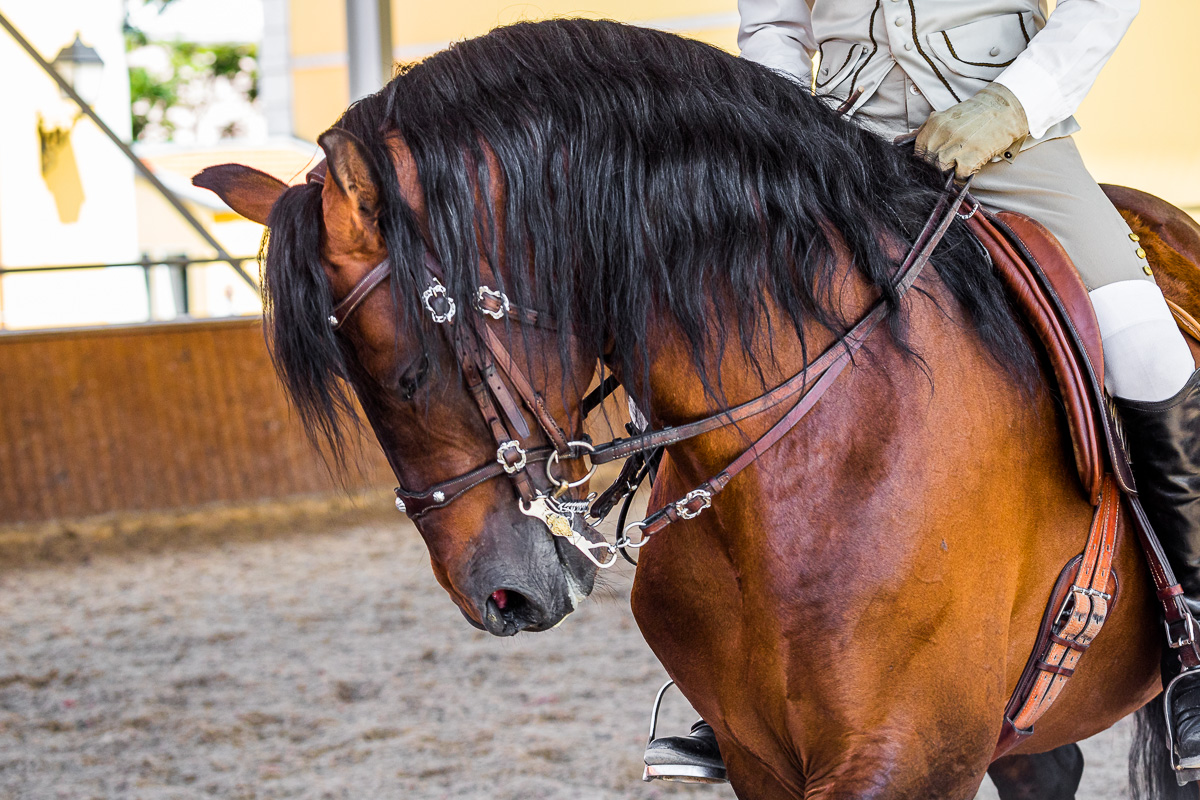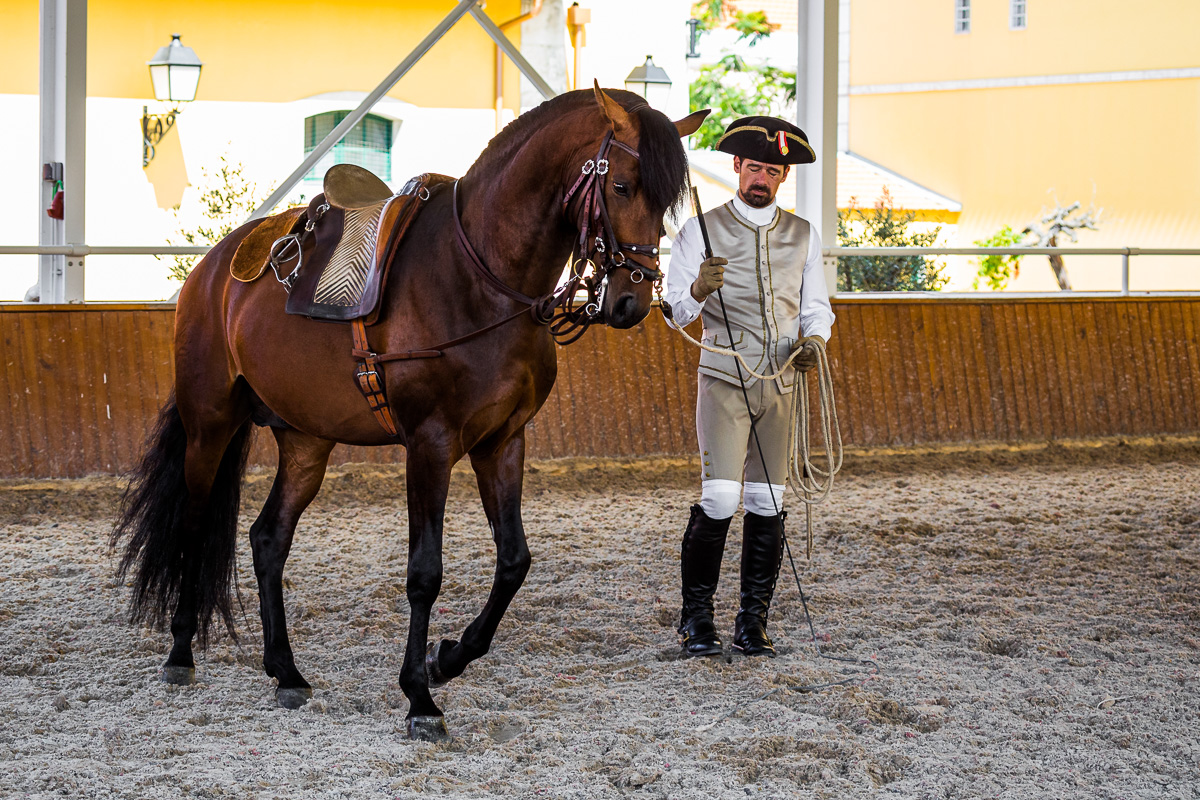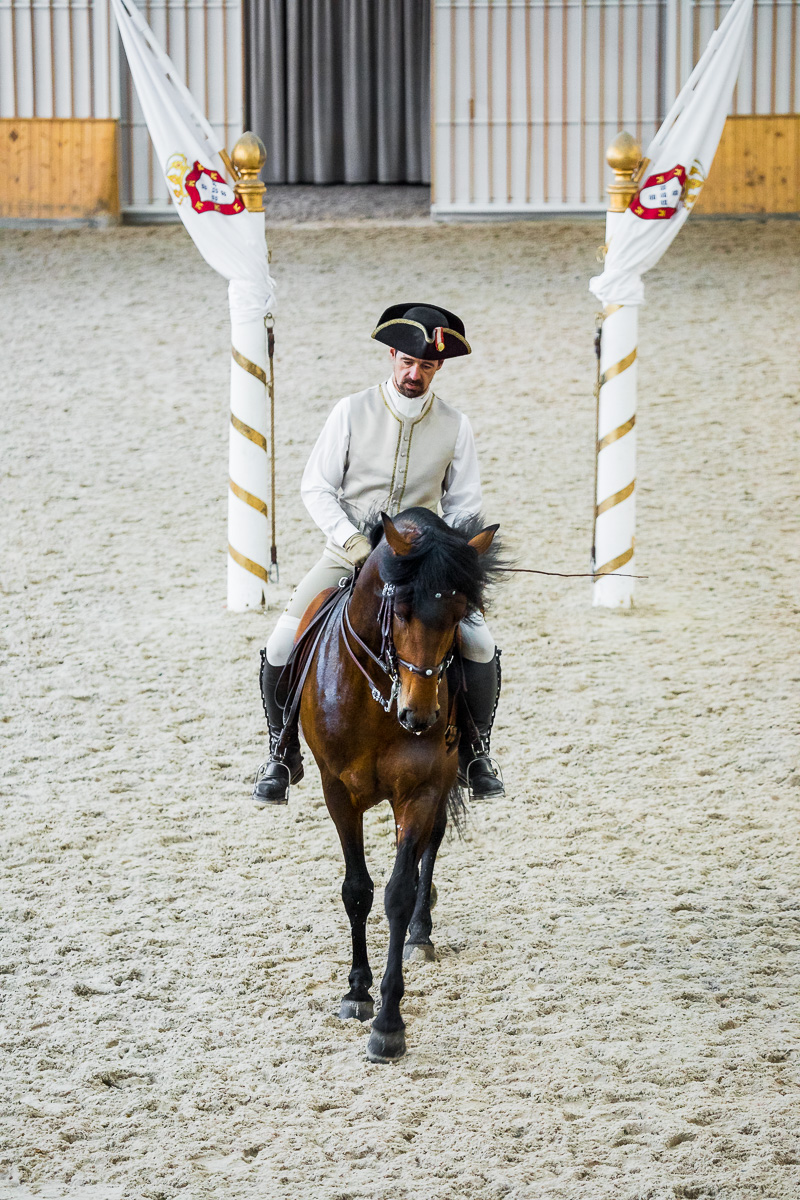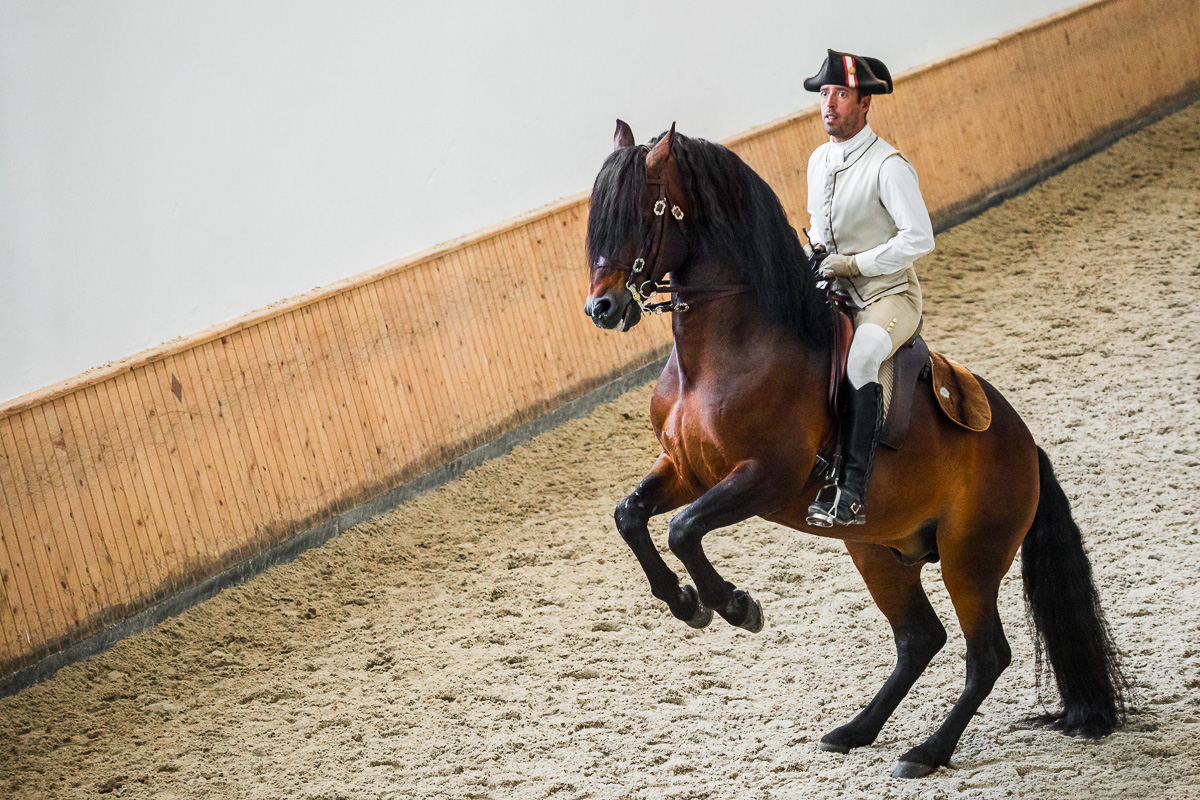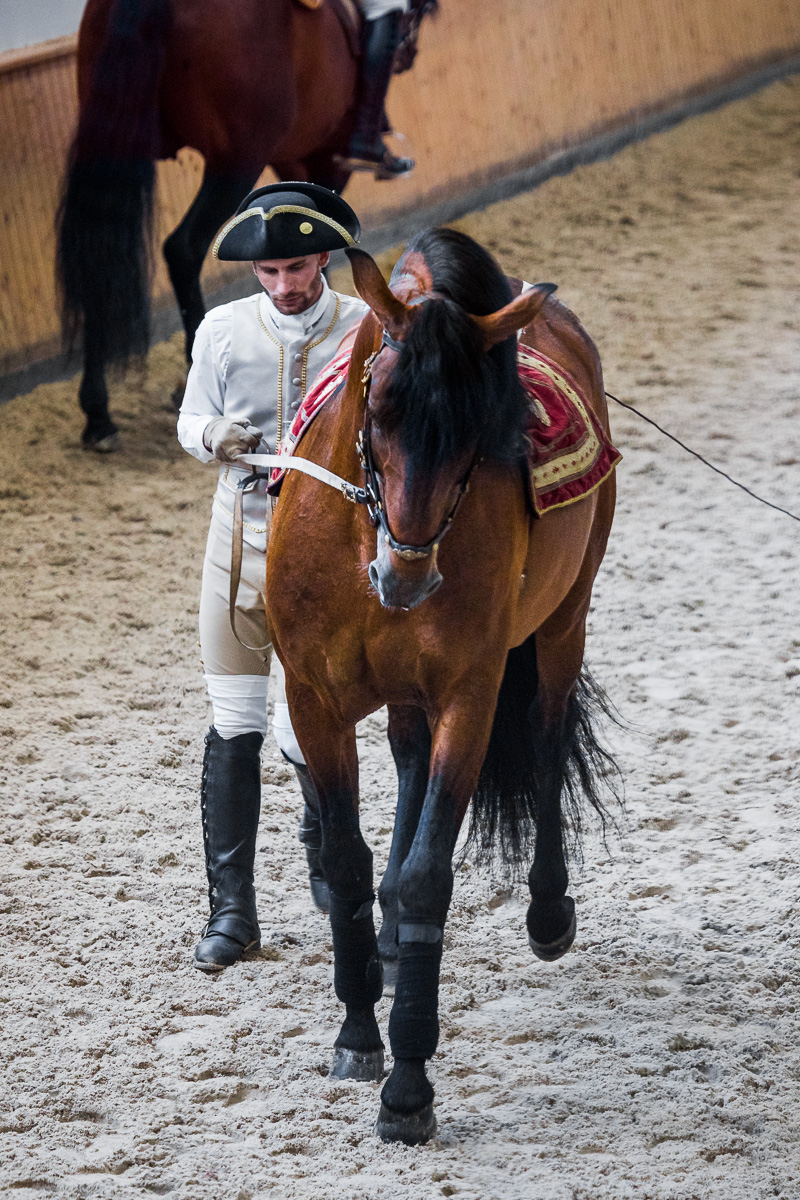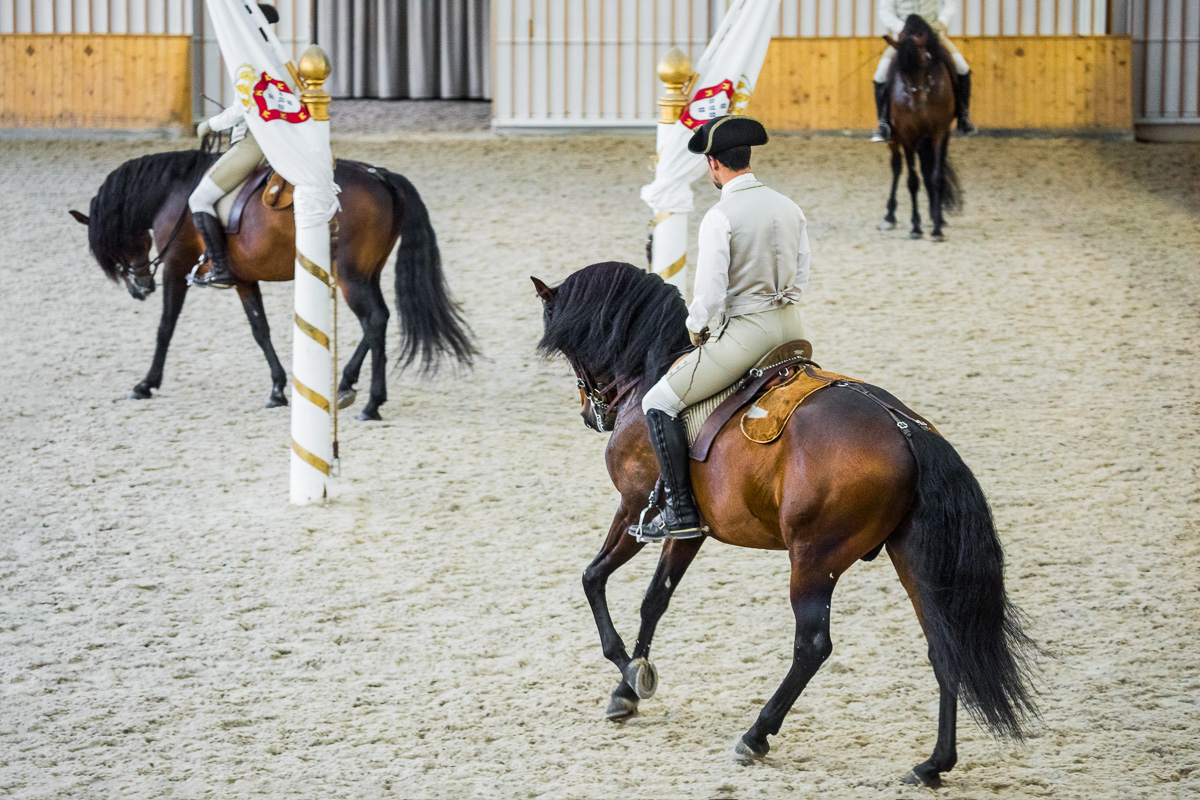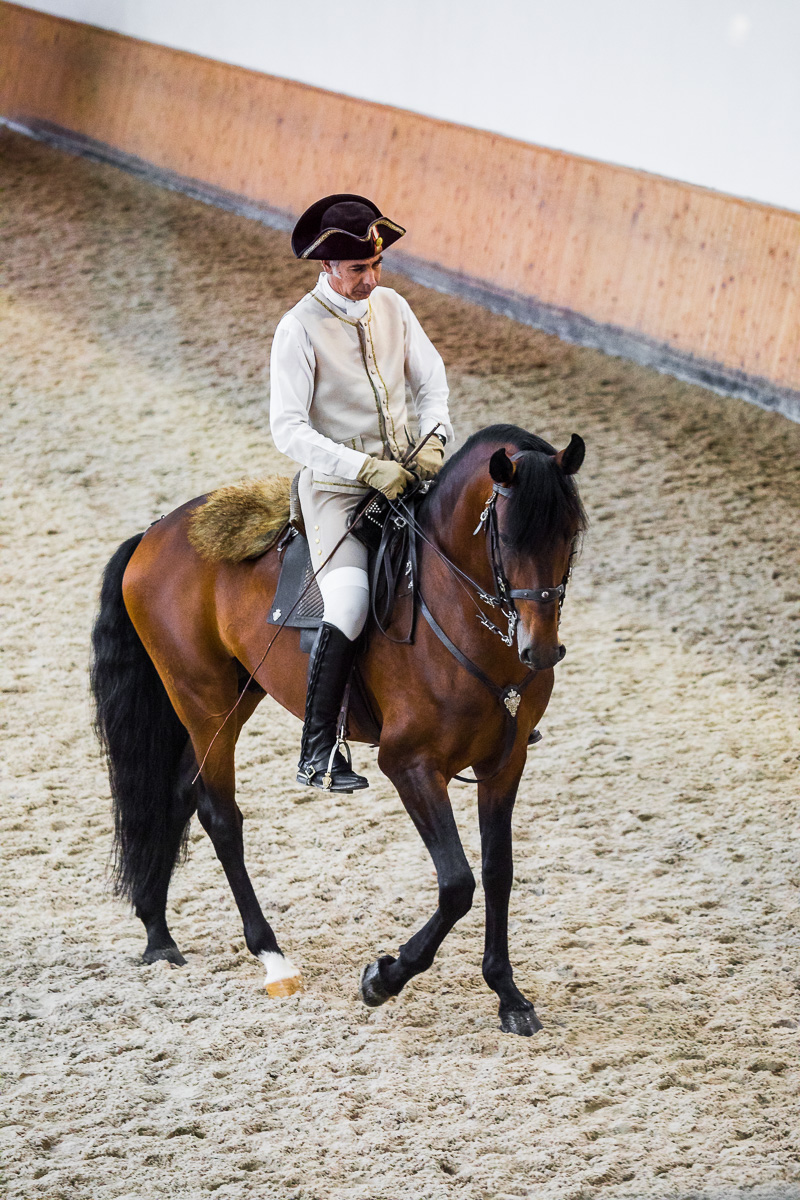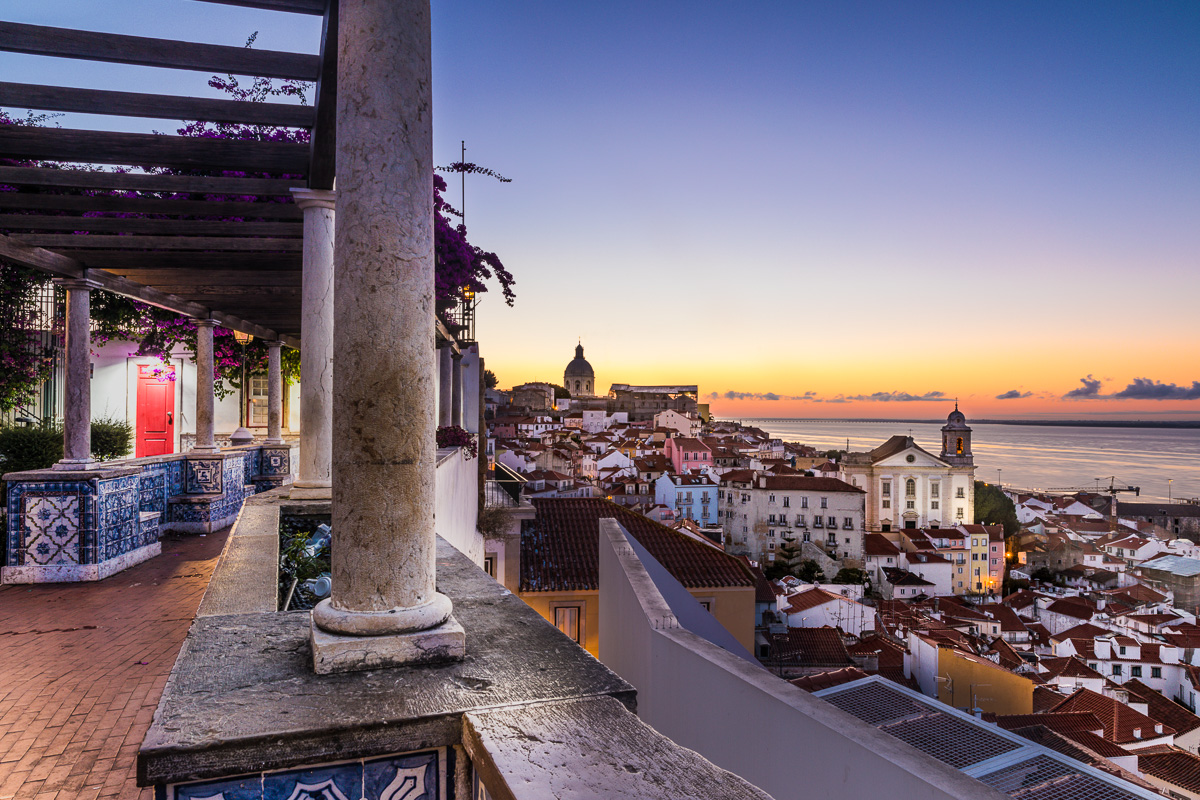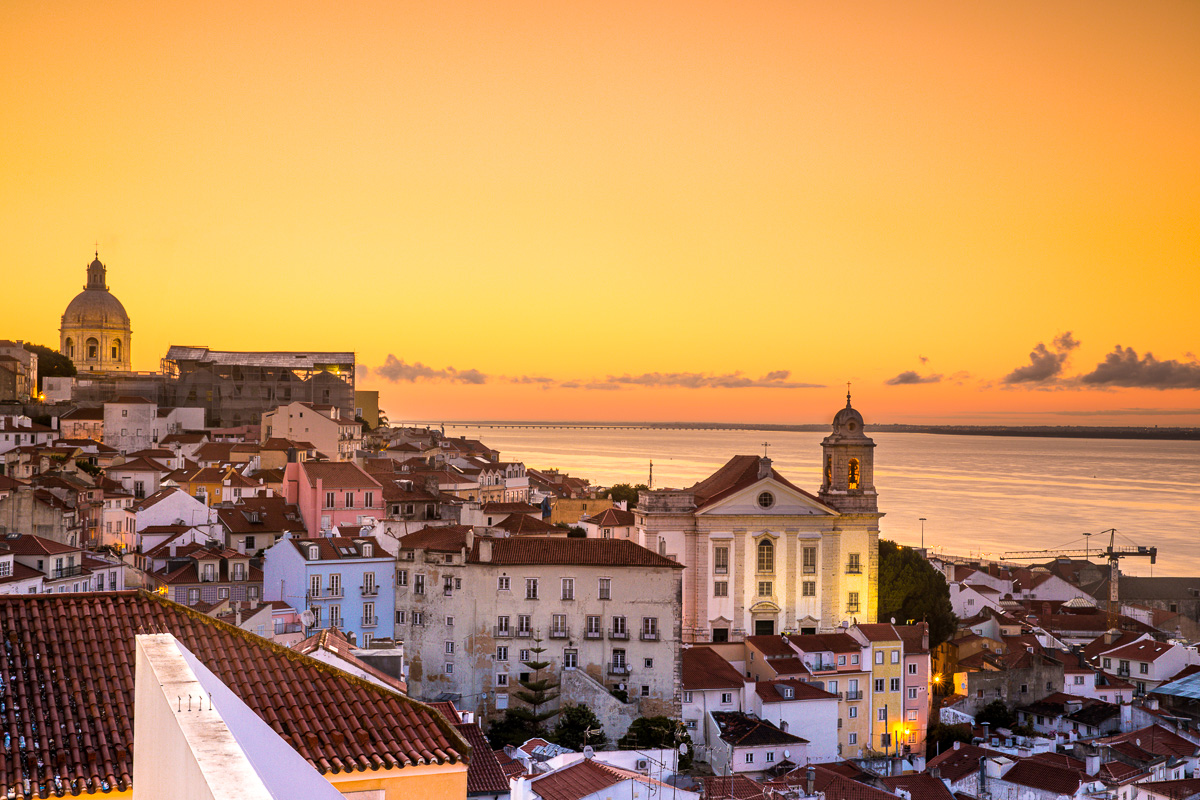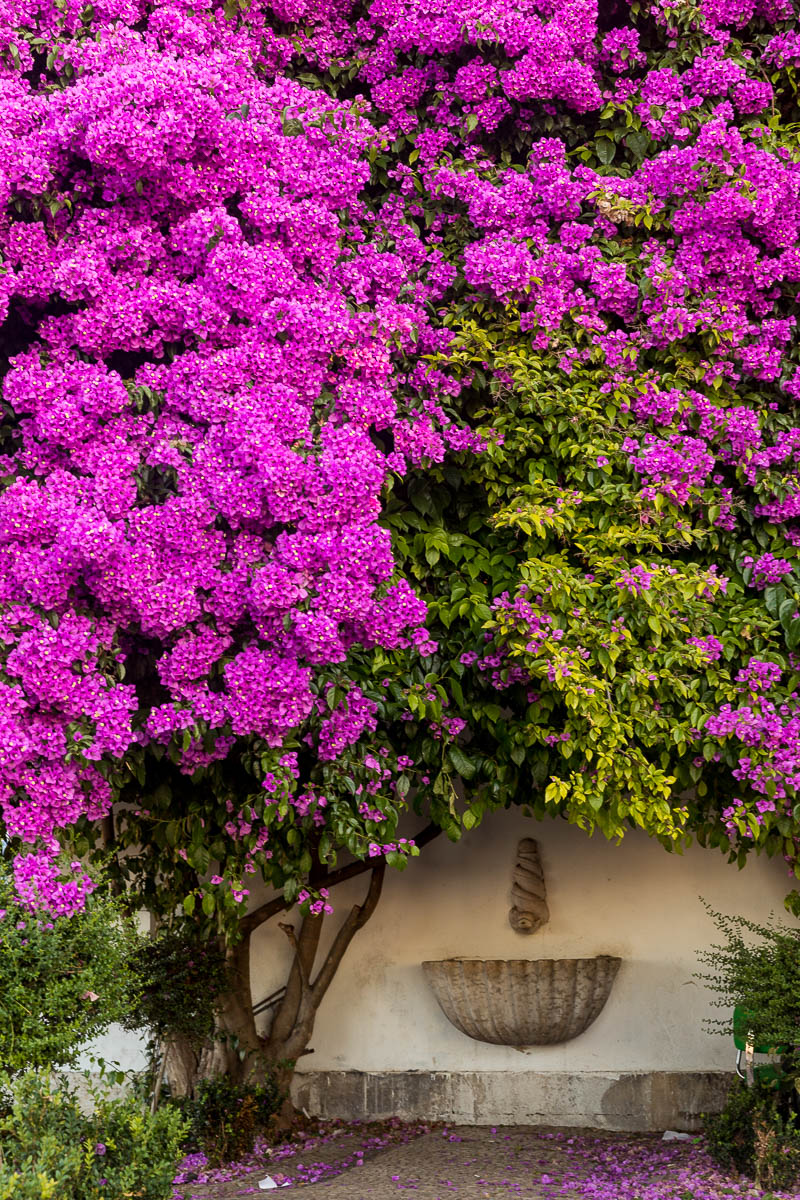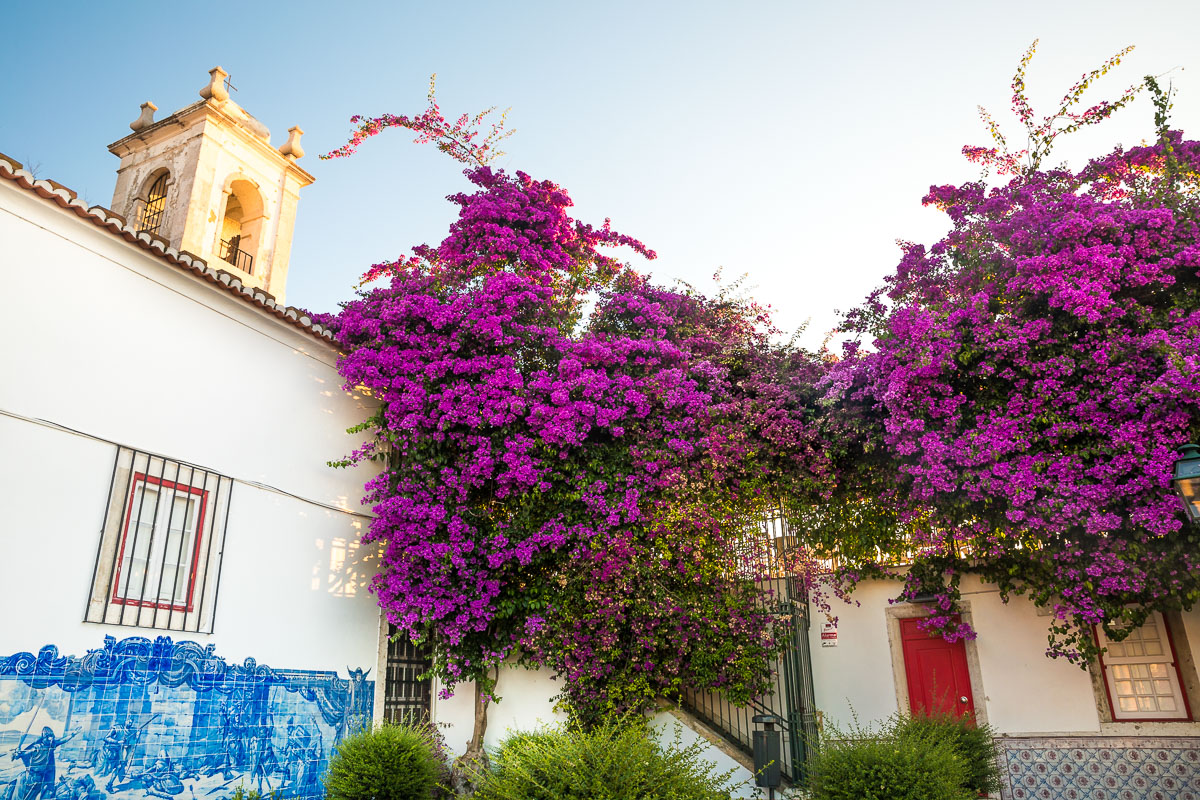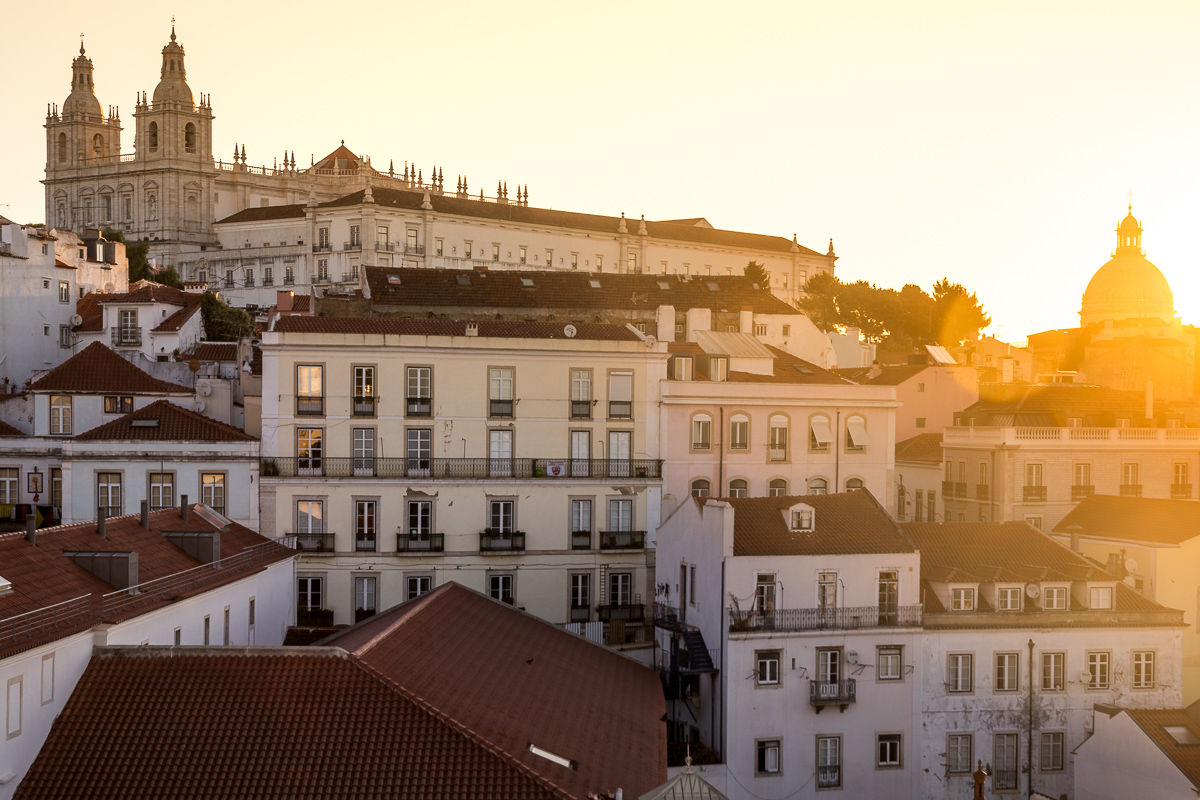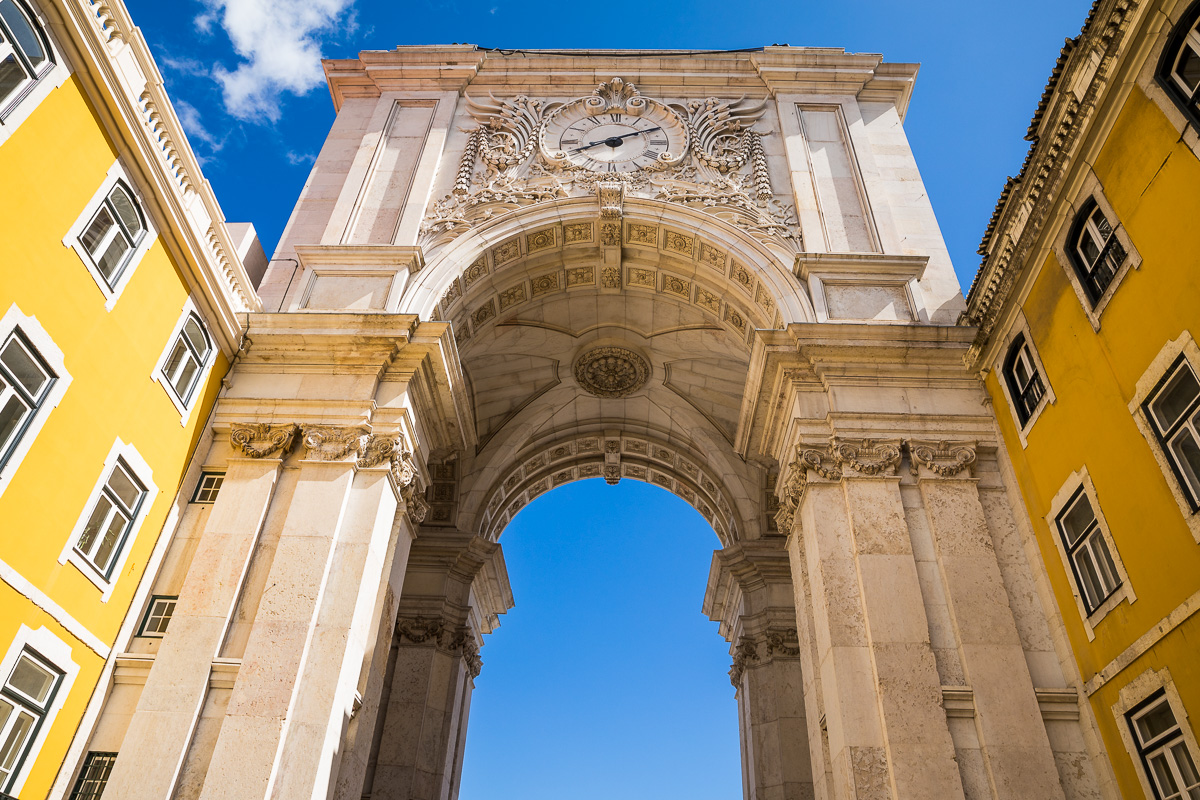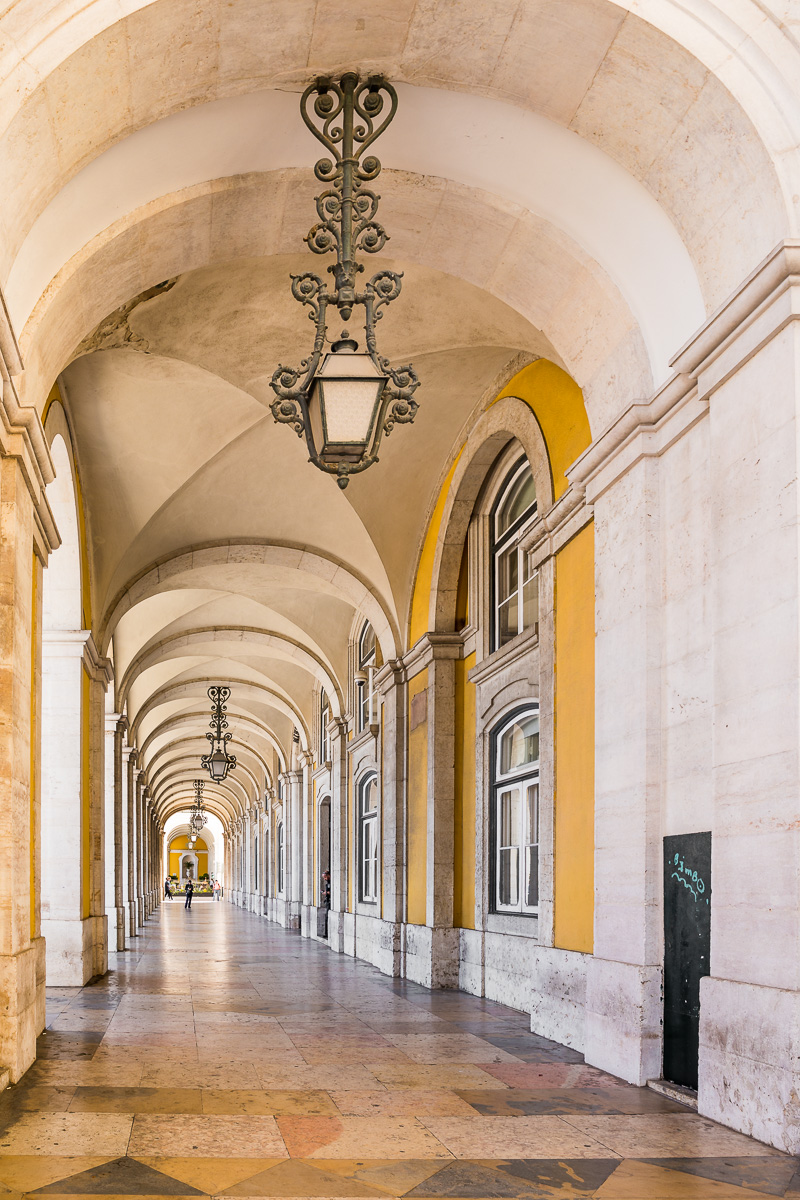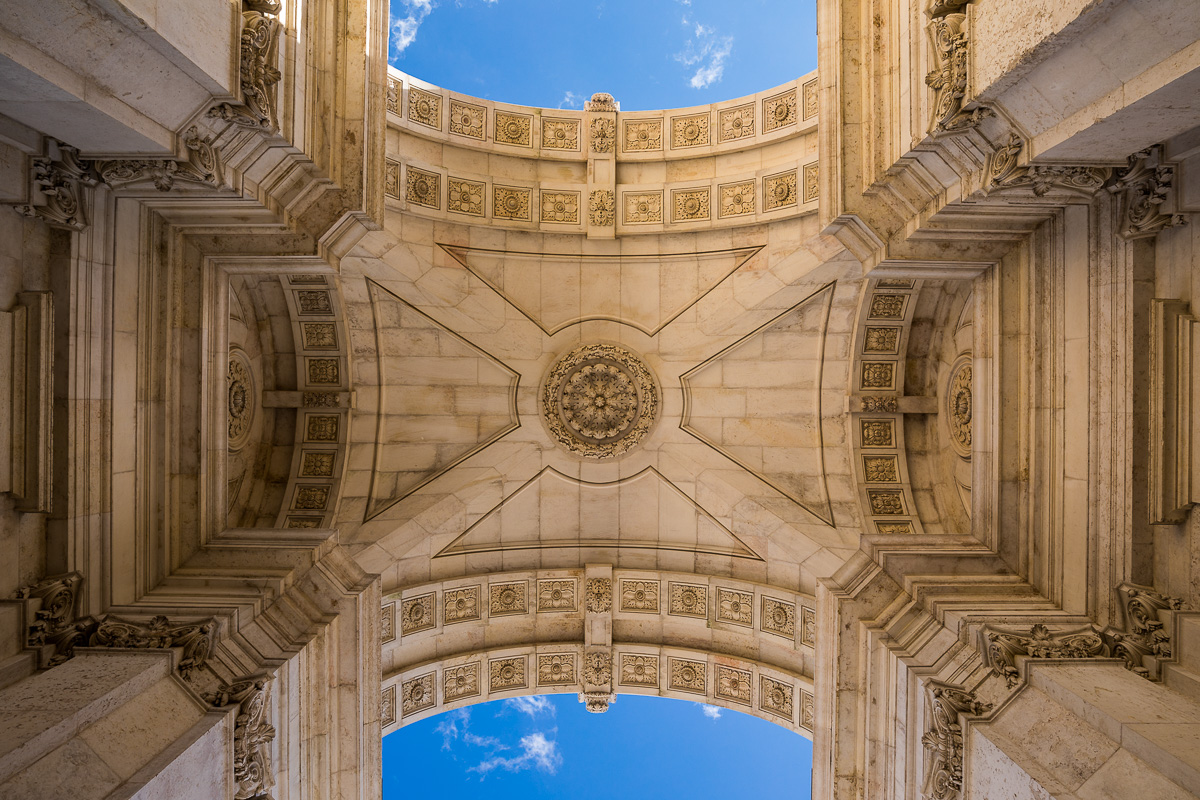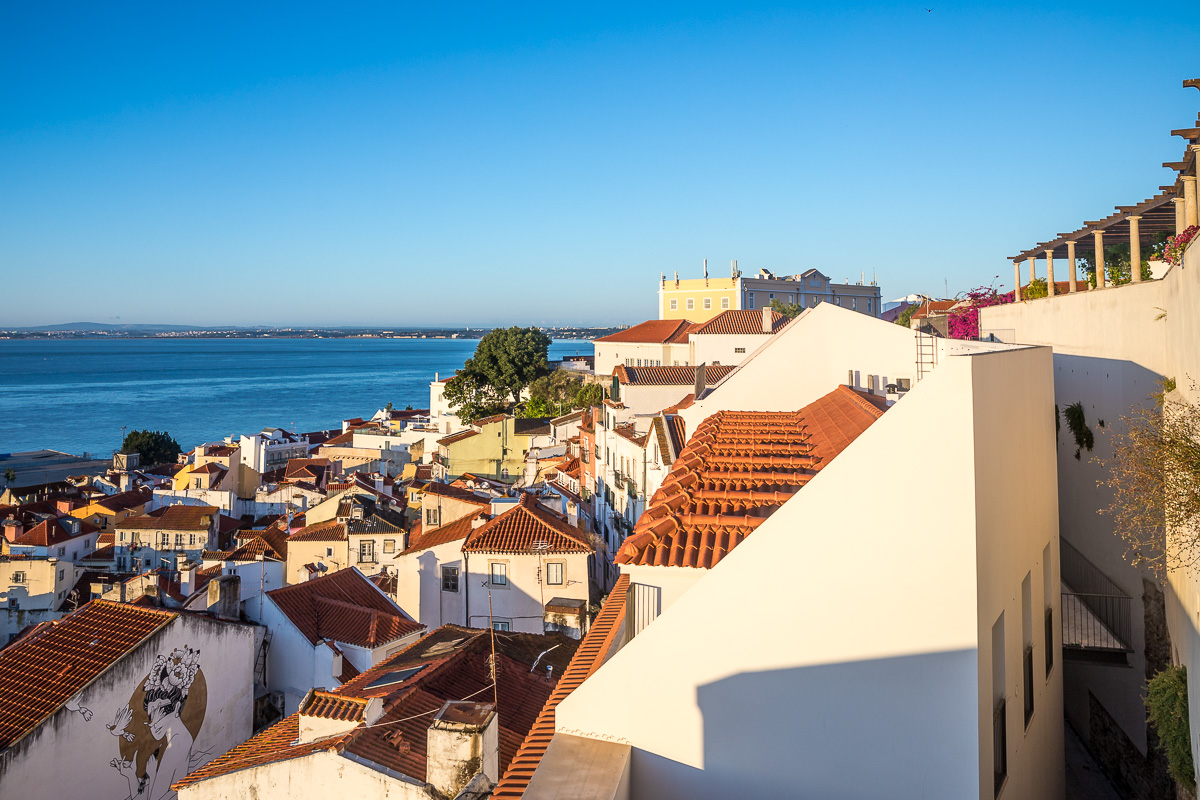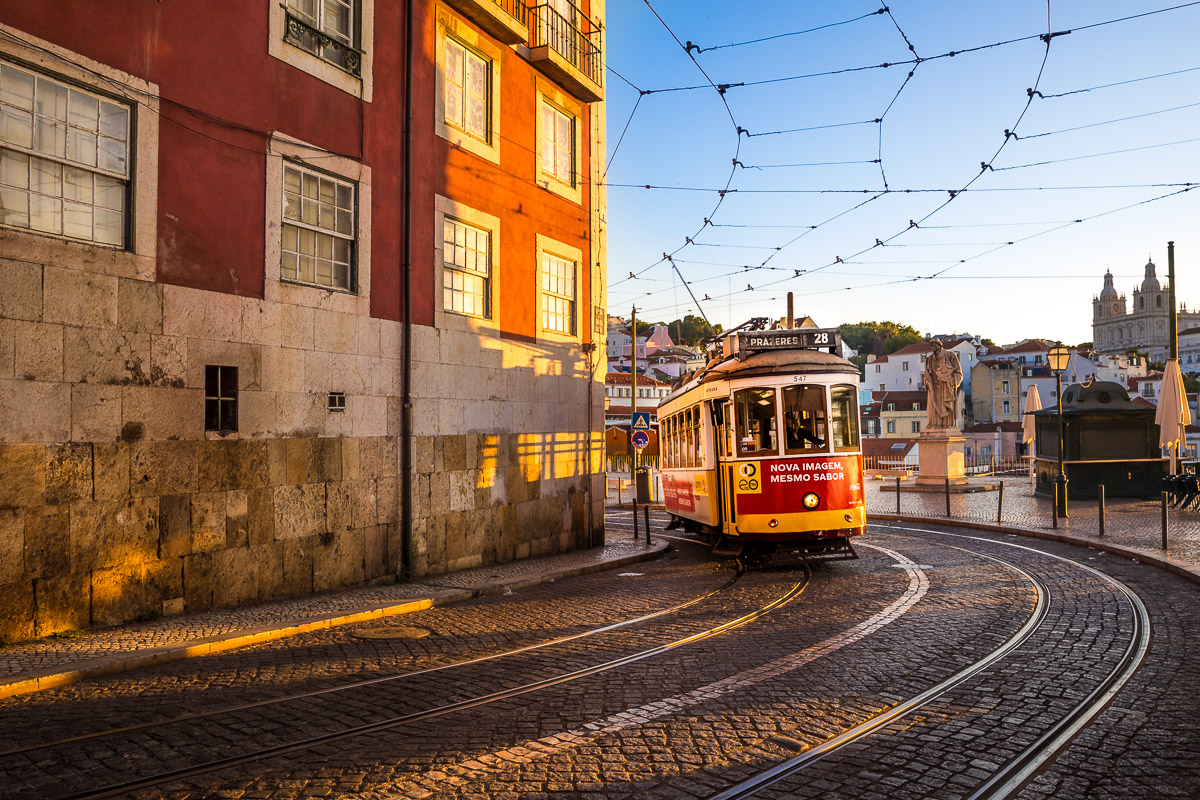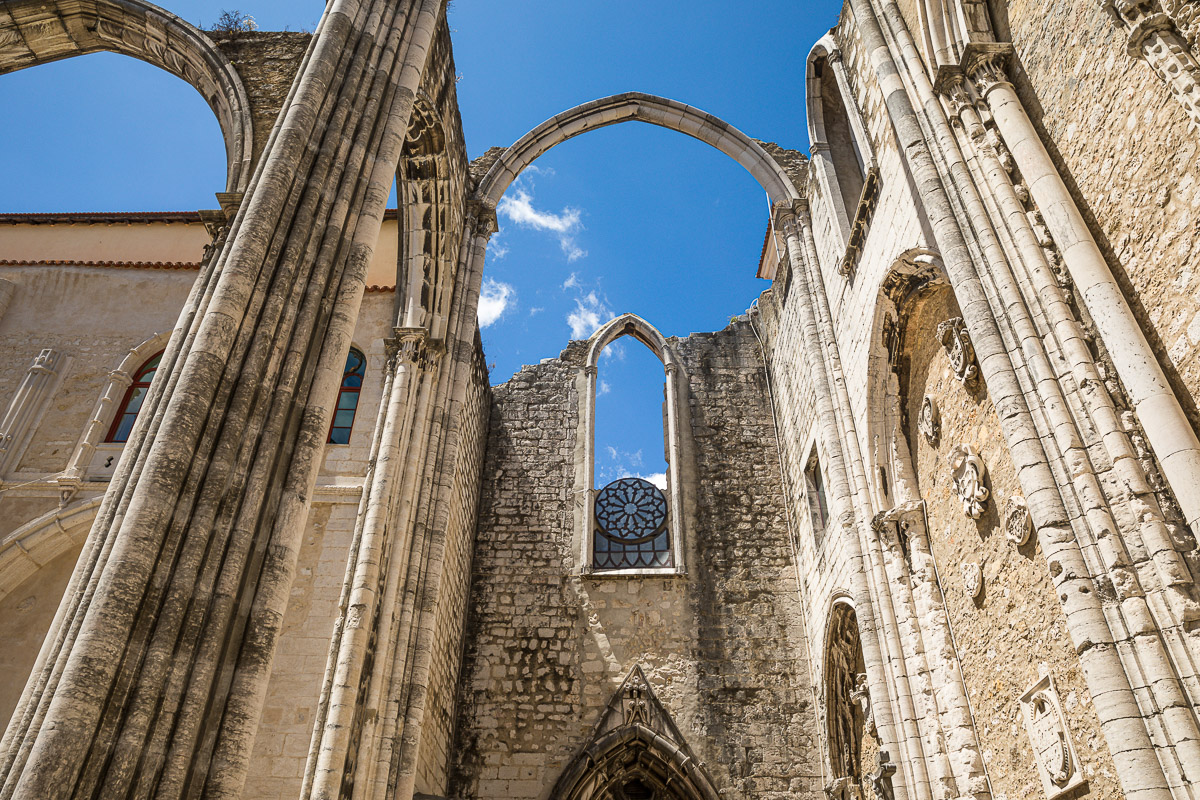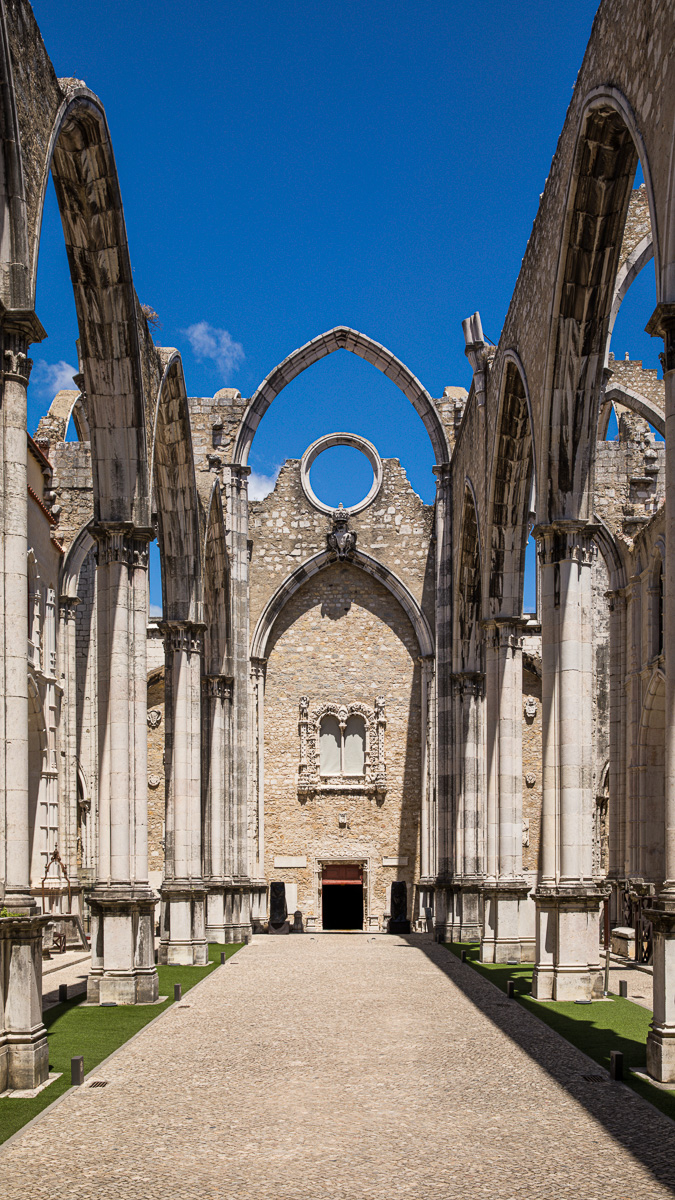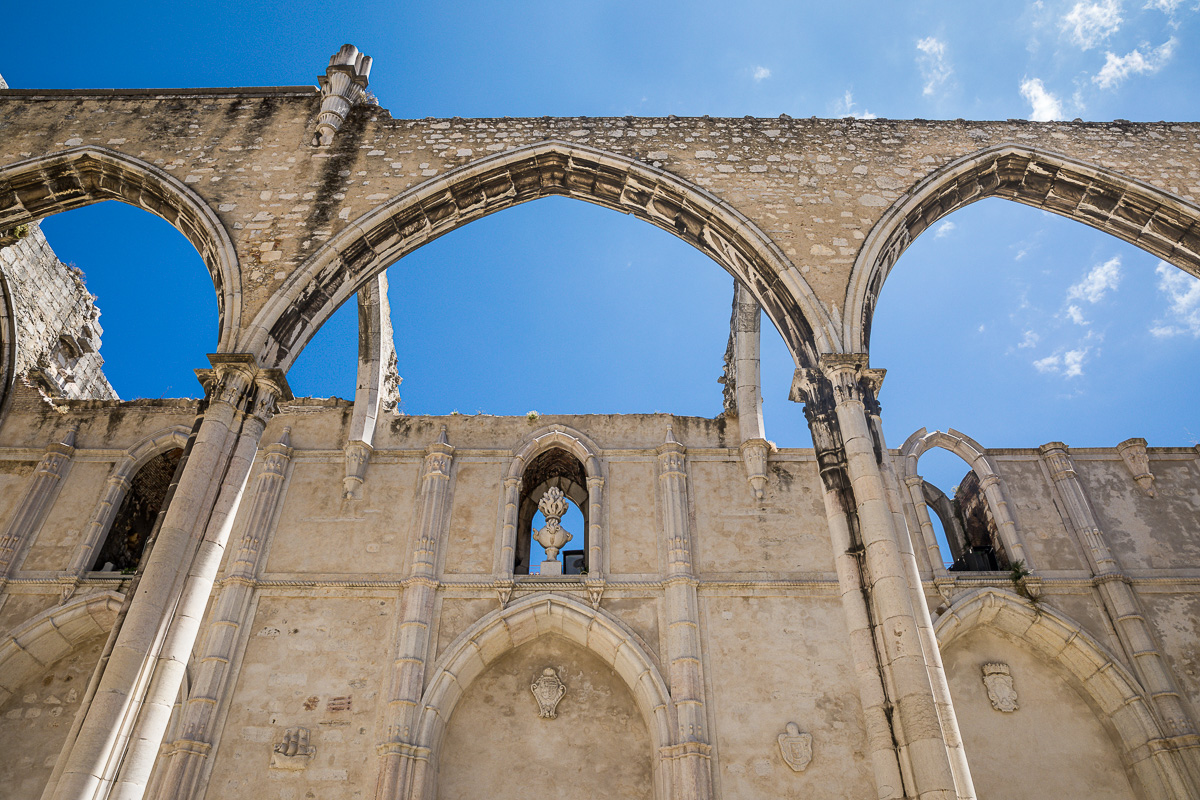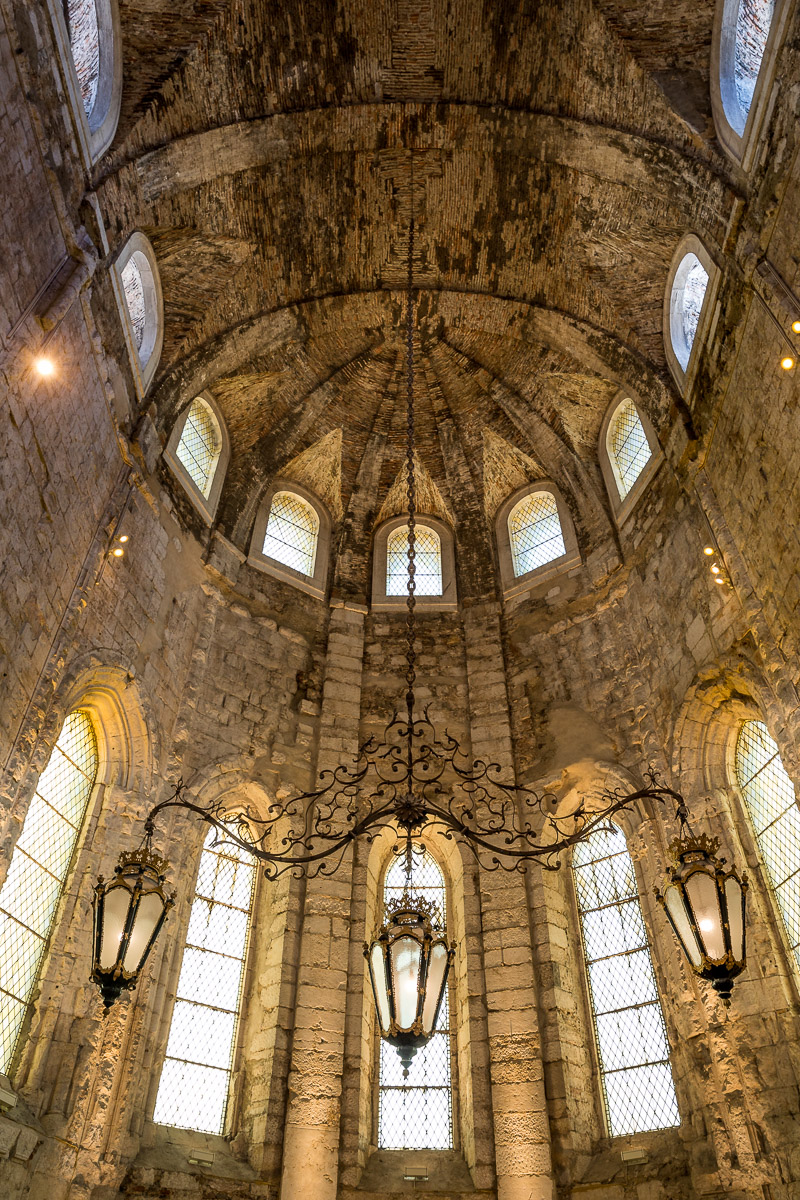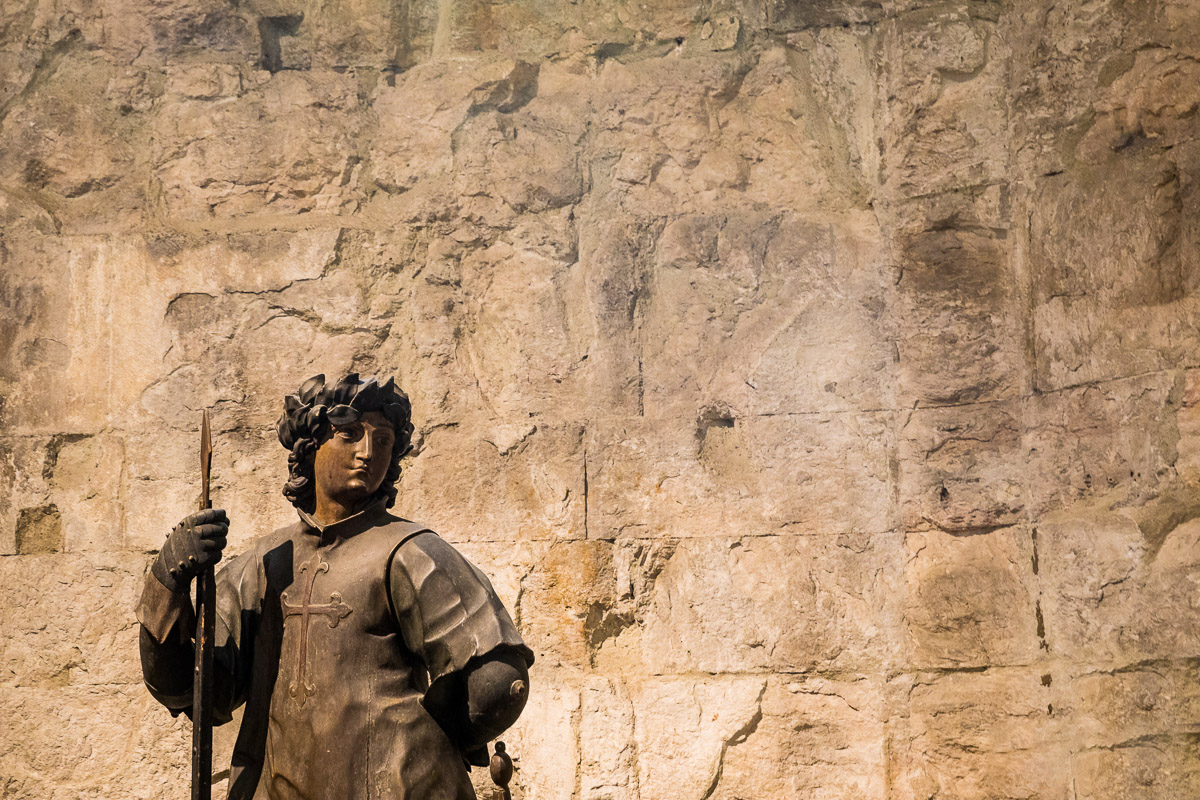In this week’s blog post I’m going somewhat back in time to one of my first outings with a mirrorless camera, before I switched over all my Canon equipment. I wanted to test the capabilities of this newer equipment in one of the most challenging environments I typically photograph: aquariums. They are dimly lit, the subjects are constantly in motion, and focusing through thick and concave glass can prove extremely challenging. The images I am sharing here were taken at San Diego’s Birch Aquarium at Scripps, which offers a diverse collection of fish, molluscs, jellyfish, and more!
tourist
A Little Magic to Start the Year
Disney’s Animal Kingdom Theme Park is not my typical photography location, but I will admit they do an absolutely exceptional job with their animal exhibits. One of the biggest issues for photographers, when it comes to shooting in zoos, is that we often have to be very careful about the backgrounds of our images: no one wants to see a cheetah sitting in front of an ugly concrete wall or a monkey clambering on a chain link fence. The exhibits at Animal Kingdom were clearly designed with a photographer in mind, with plenty of vegetation and even artificial waterfalls in their enclosures. It was amazing to take some incredible images of rare species such as the okapi, western lowland gorilla, and blue-throated macaw in natural-looking scenery. In the spirit of Disney World, here are a few of my favourite “magical” images from my visit…
Inside Ngarua Cave
The Ngarua Cave on New Zealand’s West Coast is one of the few artificially-lighted caves in the country, and one of even fewer that allow photography. The tour is certainly worth it, as it takes visitors through the cave while learning about both its geography and history. Inside the cave, you can even see the bones of now-extinct Moa birds that fell to their deaths through the sink holes leading into the cave.
Riuwaka Resurgence
The waters of the Riuwaka River are sacred to the native Māori people of New Zealand, as they are thought to have healing properties. The most picturesque part of the river is the Riuwaka Resurgence at Kahurangi National Park, where it flows from an underwater spring to form a number of rapids and small waterfalls. As with many such places on the West Coast, this is lesser-known spot that offers a peaceful escape from the more popular tourist destinations. A place for contemplating, relaxing, and enjoying the sounds of nature.
Glacial Blue Waters
Glaciers are not only stunning in and of themselves, but also offer an additional feature to the surrounding landscapes: glacial water. Due to the sediments contained in it, glacial rivers and gorges are of a unique turquoise colour. There are plenty of opportunities to see such places in the South Island of New Zealand, and especially on the West Coast. Today, I share some of my favourite images from Callery Gorge Walk and Hokitika Gorge, two truly stunning locations near the Franz Josef and Fox Glaciers.
A Tale of Two Glaciers
The reason my travels through the West Coast are some of my favourite memories of New Zealand are views such as these. Within a short helicopter flight, we saw two glaciers (Franz Josef Glacier and Fox Glacier), rivers, waterfalls, and had a clear view of the ocean! This flight included a short landing atop Franz Josef Glacier, where we could walk on the fresh soft snow. What a stunning little corner of the world that is.
Walking in Prehistoric Caves
The caves in the Serra da Capivara National Park are truly stunning - even the ones left unpainted by our prehistoric cousins. The fourth blog post in this series features a few of the cave walks through the park, which are best enjoyed on local anthropological tours that will guide you through the history and interpretation of the cave paintings.
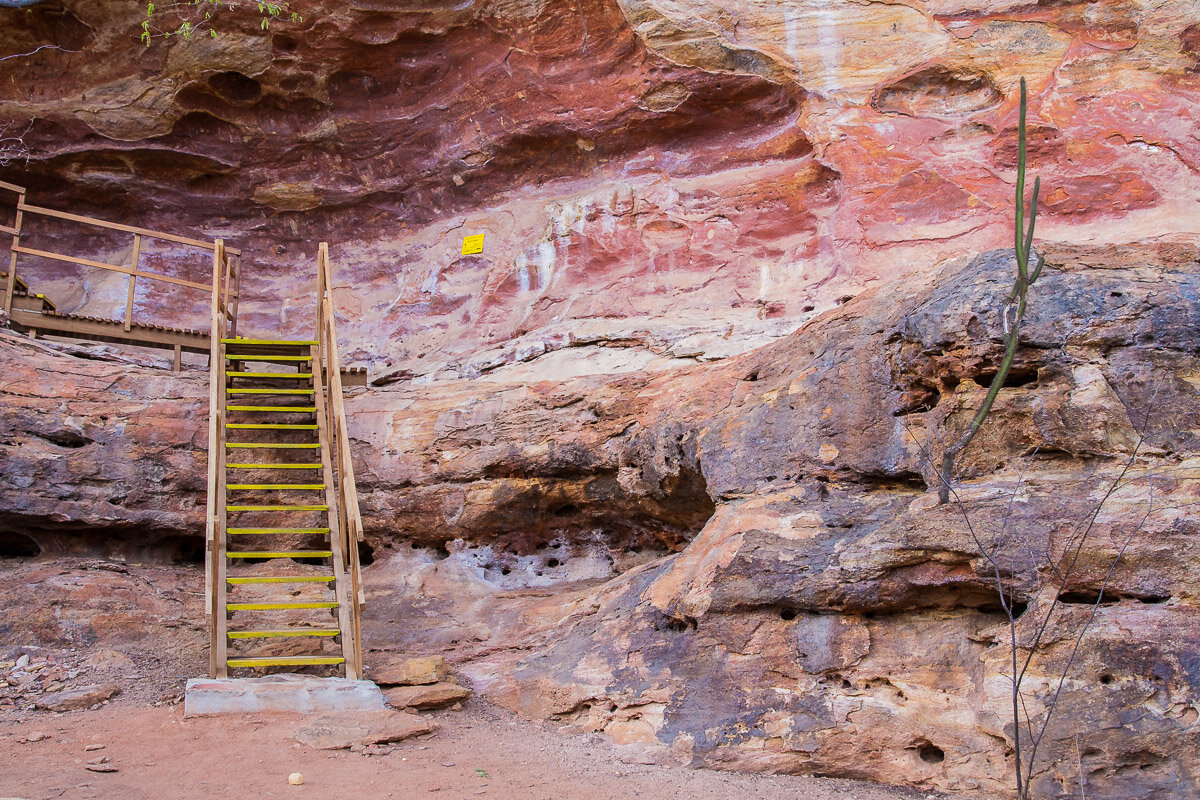


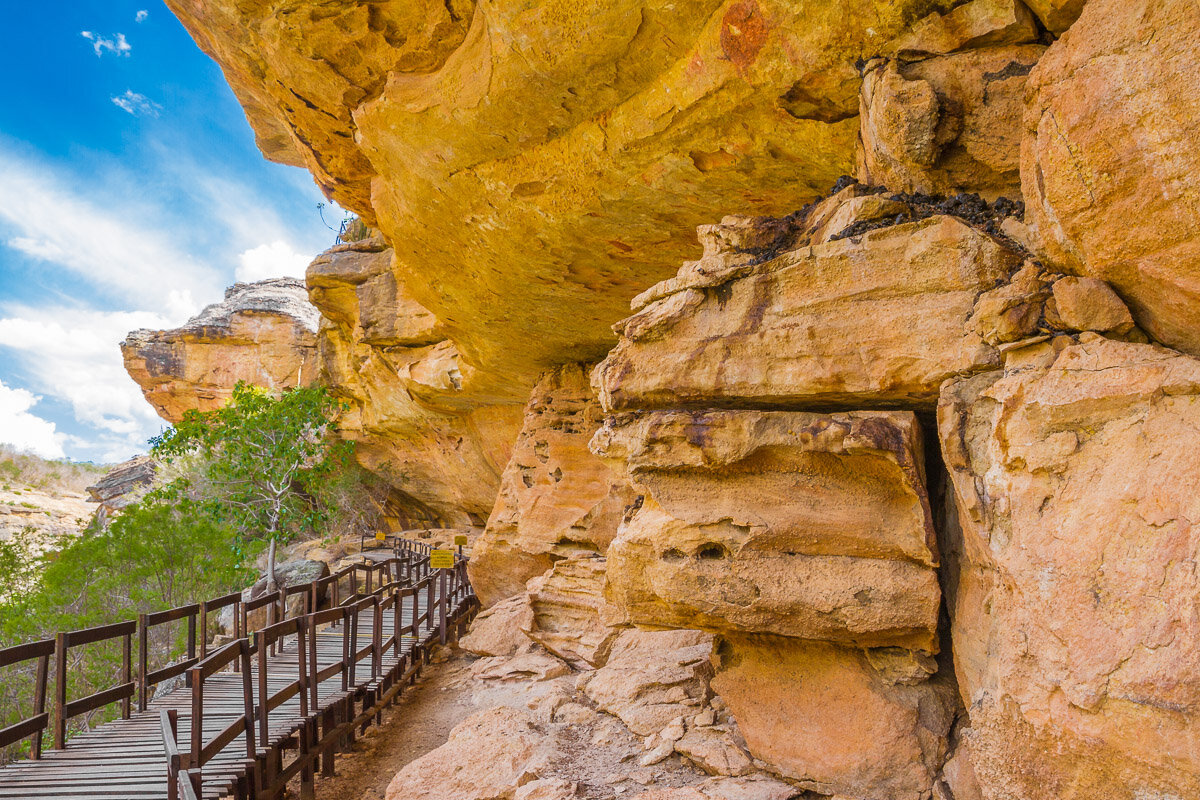
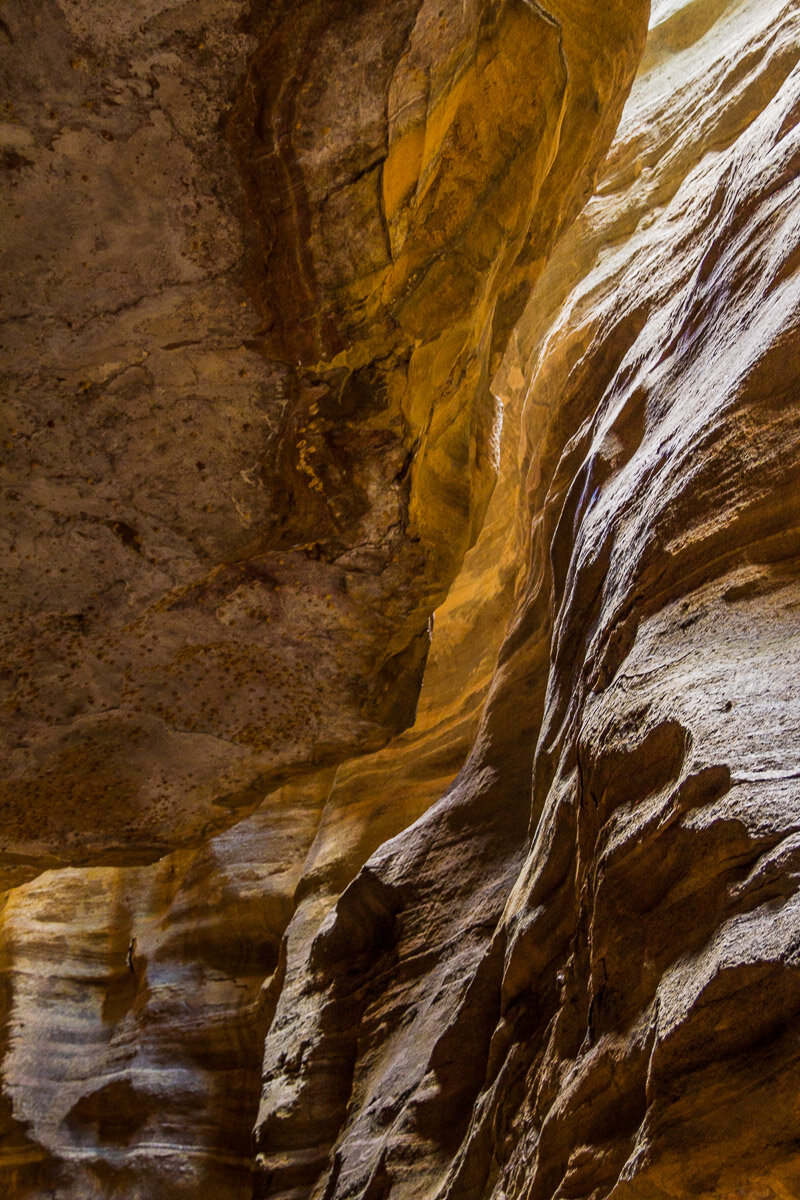
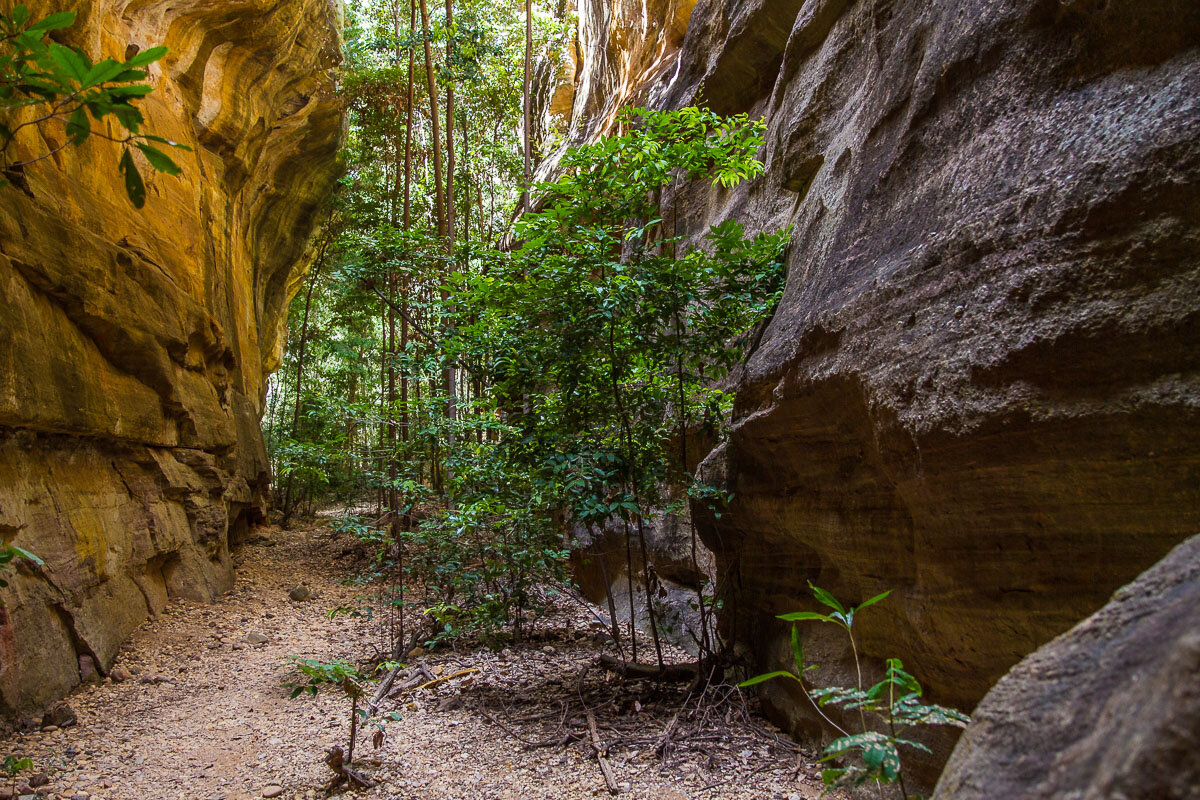

Cave Painting Designs
The third part of my Serra da Capivara blog series is a little different: these are images of the locally-produced, handcrafted ceramics inspired by the ancient cave paintings discovered in the region. These are made as souvenirs for tourists, and help support the local population that lives in the surrounding areas. Perhaps due to its location, the national park remains somewhat undiscovered, and has yet to properly tap into Brazil’s international tourism market.
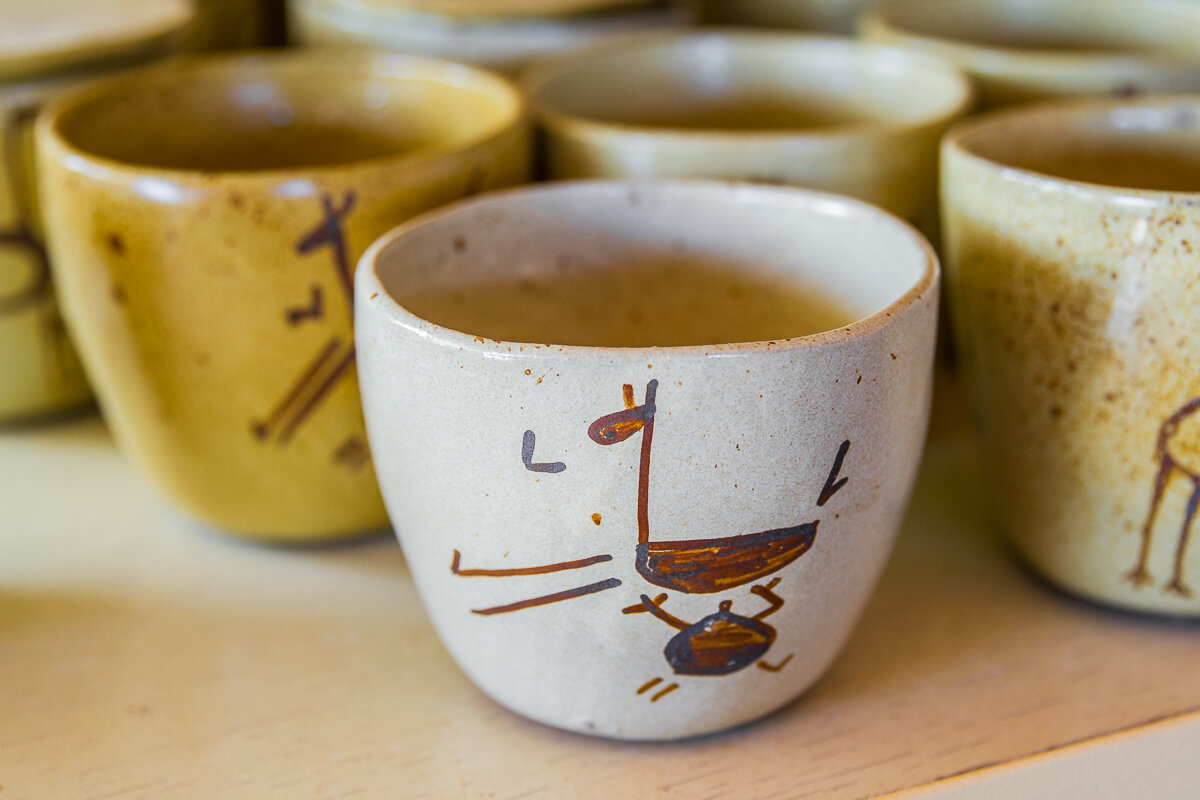

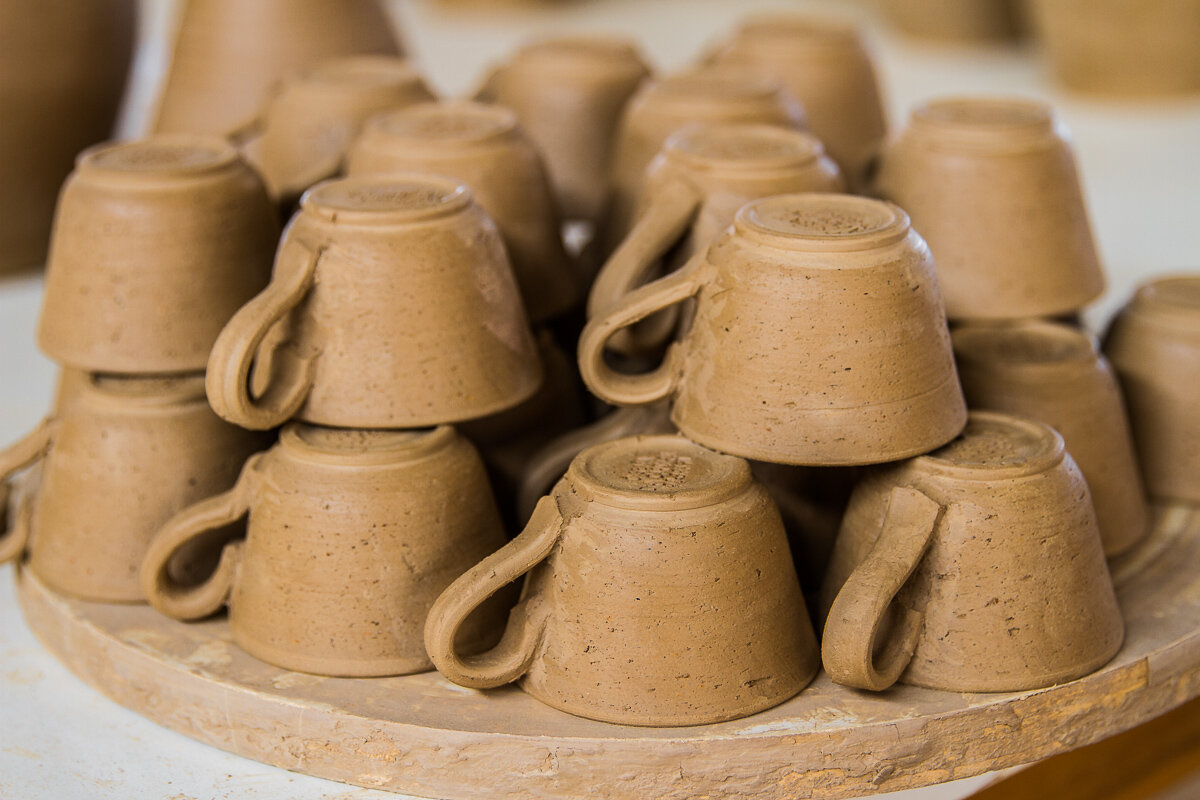

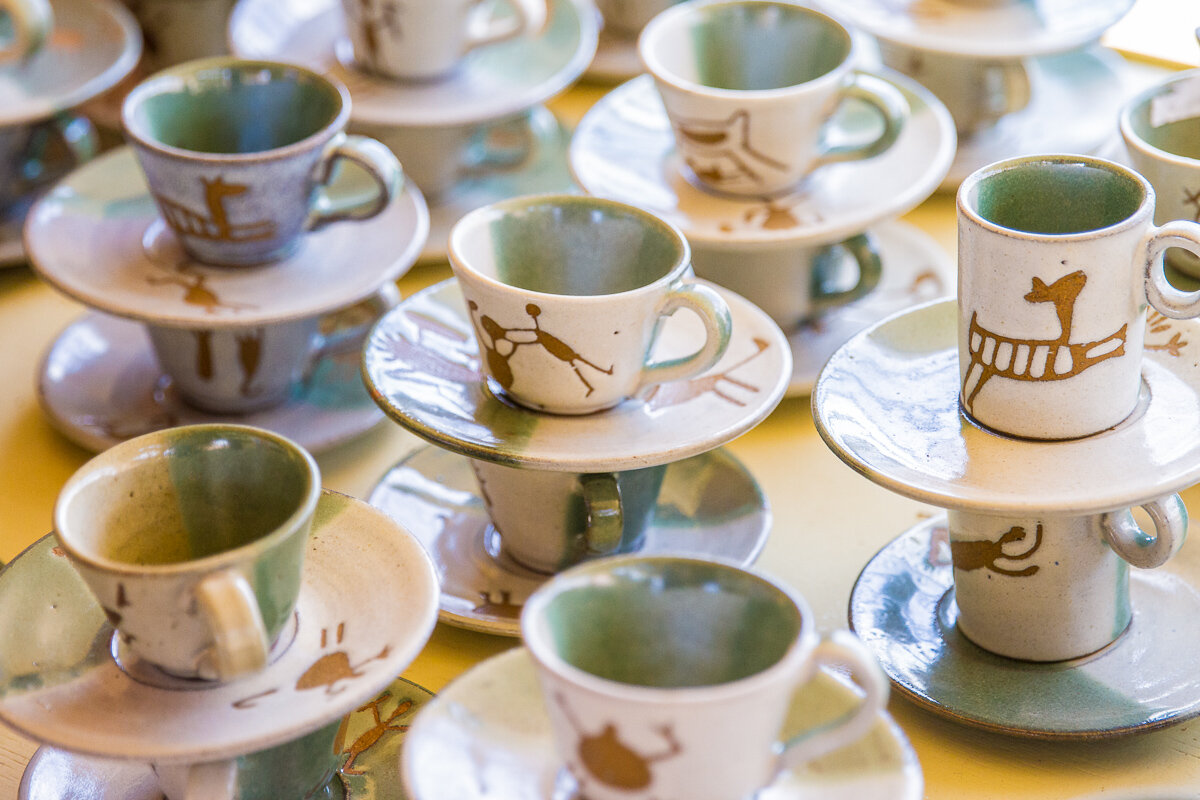


In Search of the Sperm Whales
Following a whale-watching flight over the Kaikoura coastline, we also took the opportunity to watch these giants from up close. An early morning cruise with Whale Watch provided several sightings of Sperm whales, the world’s largest toothed predator. These giants of the sea were commonly hunted in the 19th and 20th centuries, which inspired the classic novel Moby Dick. Now the species is protected throughout most of its territory, but there is still work to be done to fully protect them.
Sunset Over Lisbon
Another spectacular spot from which to appreciate Lisbon is the lookout at Miradouro da Senhora do Monte. During the Summer, this is an ideal place to watch the sunset, as it colours the sky bright pink and purple. But don’t be fooled by the warm colours - it’s very cold up on that hill, so come prepared for some very chilly winds!
Below are some of my favourite images of one lovely sunset over Lisbon…
Lusitanos in Lisbon
As a great admirer of classical horsemanship and particularly dressage, the Portuguese School of Equestrian Art was an unmissable stop for me during my time in Lisbon. The riding school has regular shows of classical dressage performed by lusitano horses and their riders, as well as morning training sessions that can be attended by the general public. Our timing was off for their presentations, unfortunately, so instead we attended a morning practice session and guided tour of the school. Below are some of my favourite images of these beautiful Portuguese horses.
Miradouro de Santa Luzia
In every photographic trip that I take, I try to make the most of the soft light during sunrises and sunsets. This was no different in Portugal. The first sunrise of the trip was photographed at the Miradouro de Santa Luzia, a viewpoint in the Alfama neighbourhood. Even in the peak of the Summer holidays, this was nearly empty for sunrise, suggesting that not many other photographers are aware of this place.
A Walk Through Lisbon
Lisbon truly displays architecture for all tastes. From medieval to colonial and modern, there is a street for everyone. Along with the amenable weather and blue skies, this makes it an unmissable travel destination and endless photographic opportunities. Here I share some of my favourite images of a day walking through the city.
Carmo Convent
One of our first stops in Lisbon was the Carmo Convent. These are now both convent ruins and an archeological museum in the heart of the city. Despite its tragic history, the Carmo Convent remains an essential part of the Lisbon experience. For a photographer, it was the perfect location to get creative with a wide-angle lens and photograph some more unusual angles and details.



